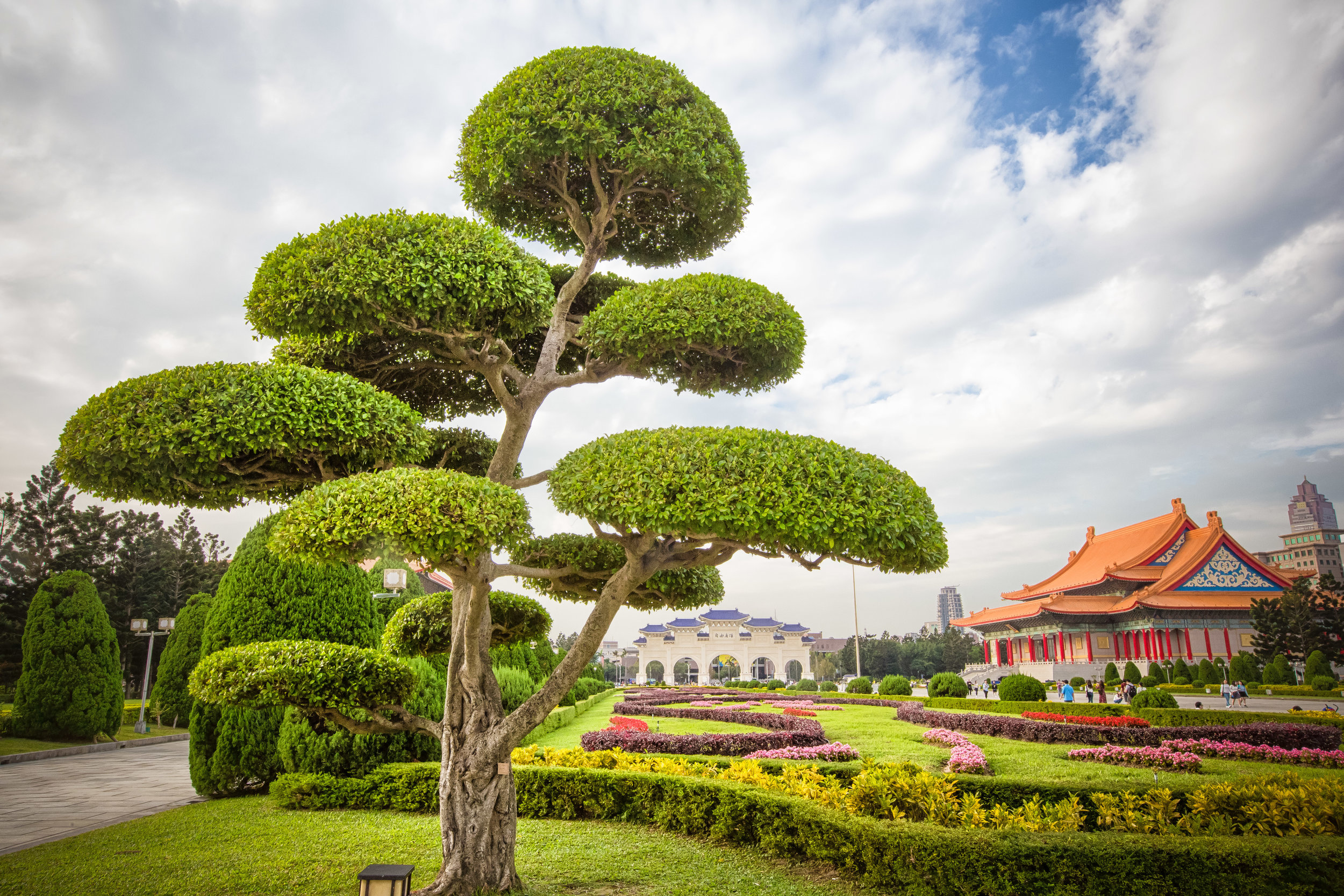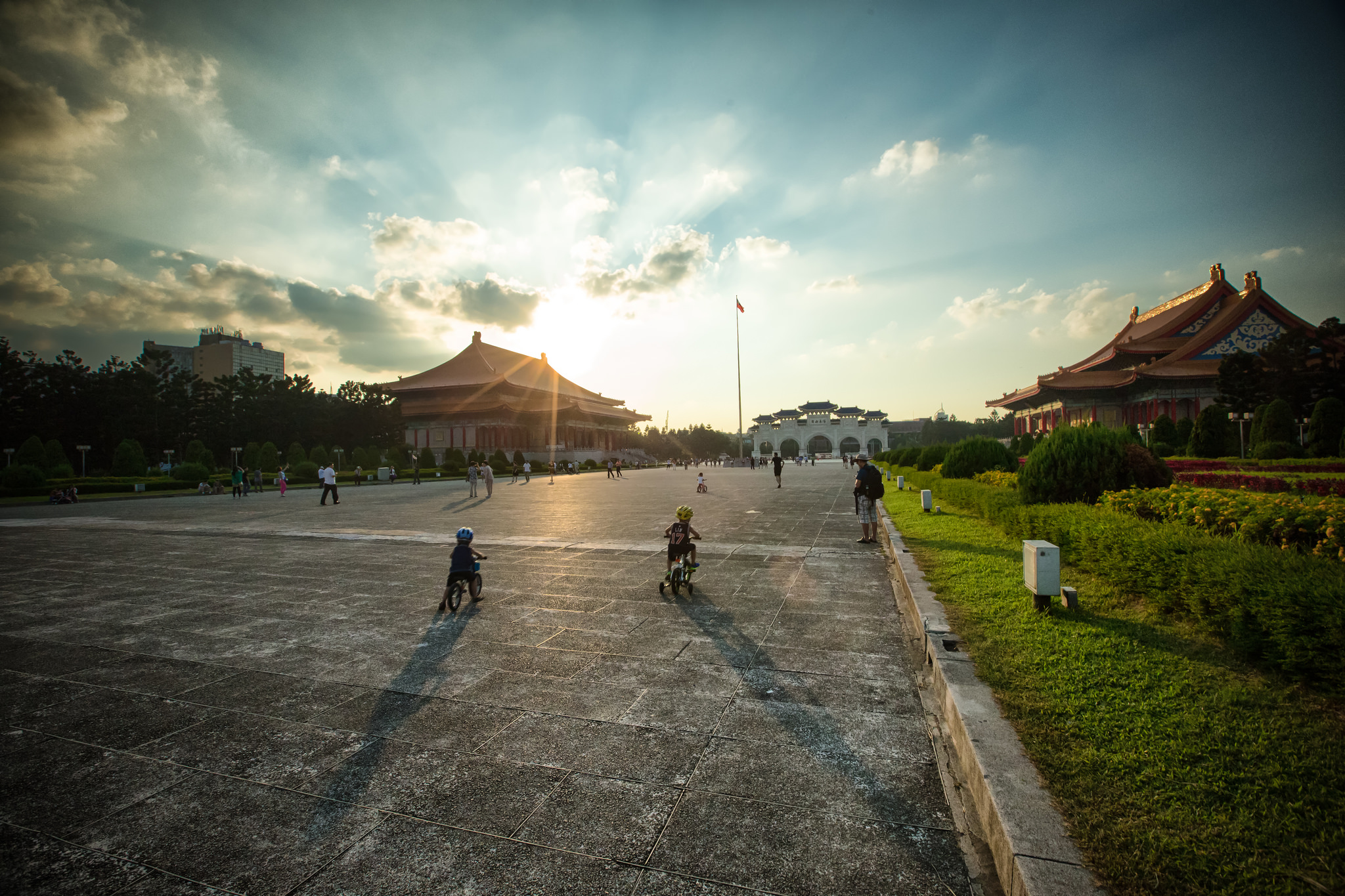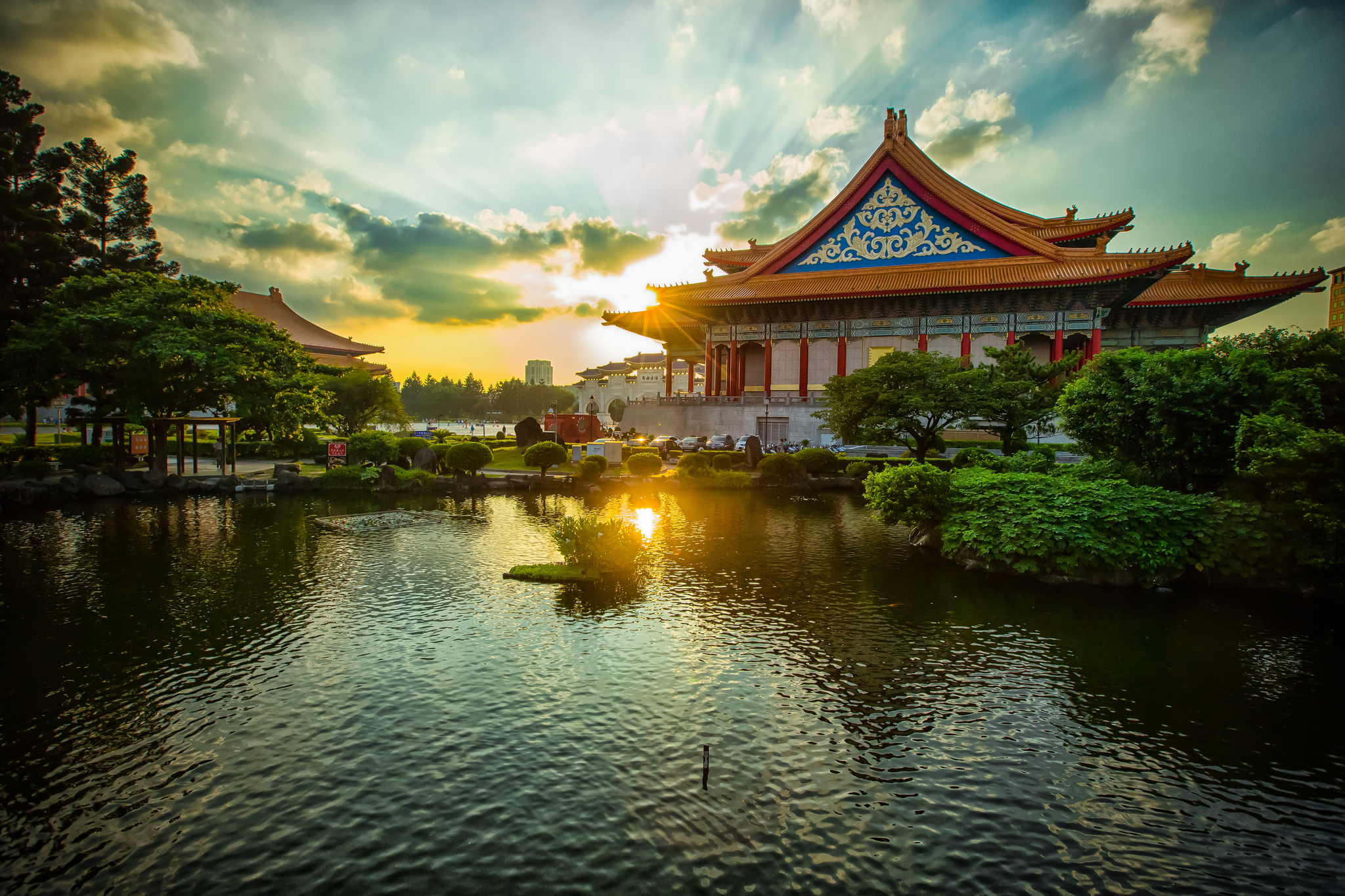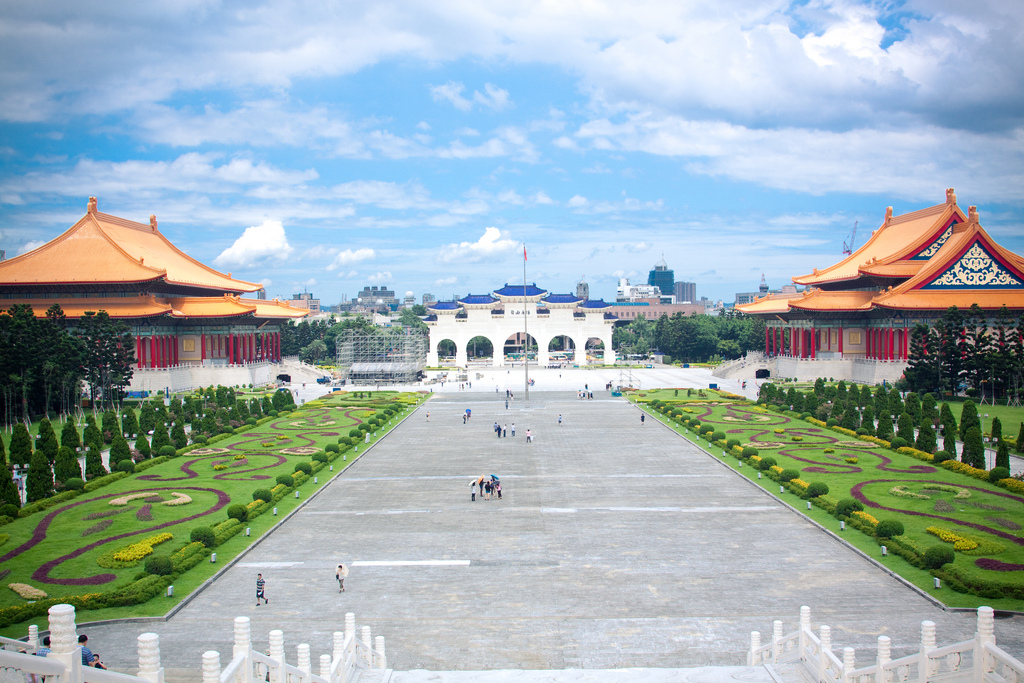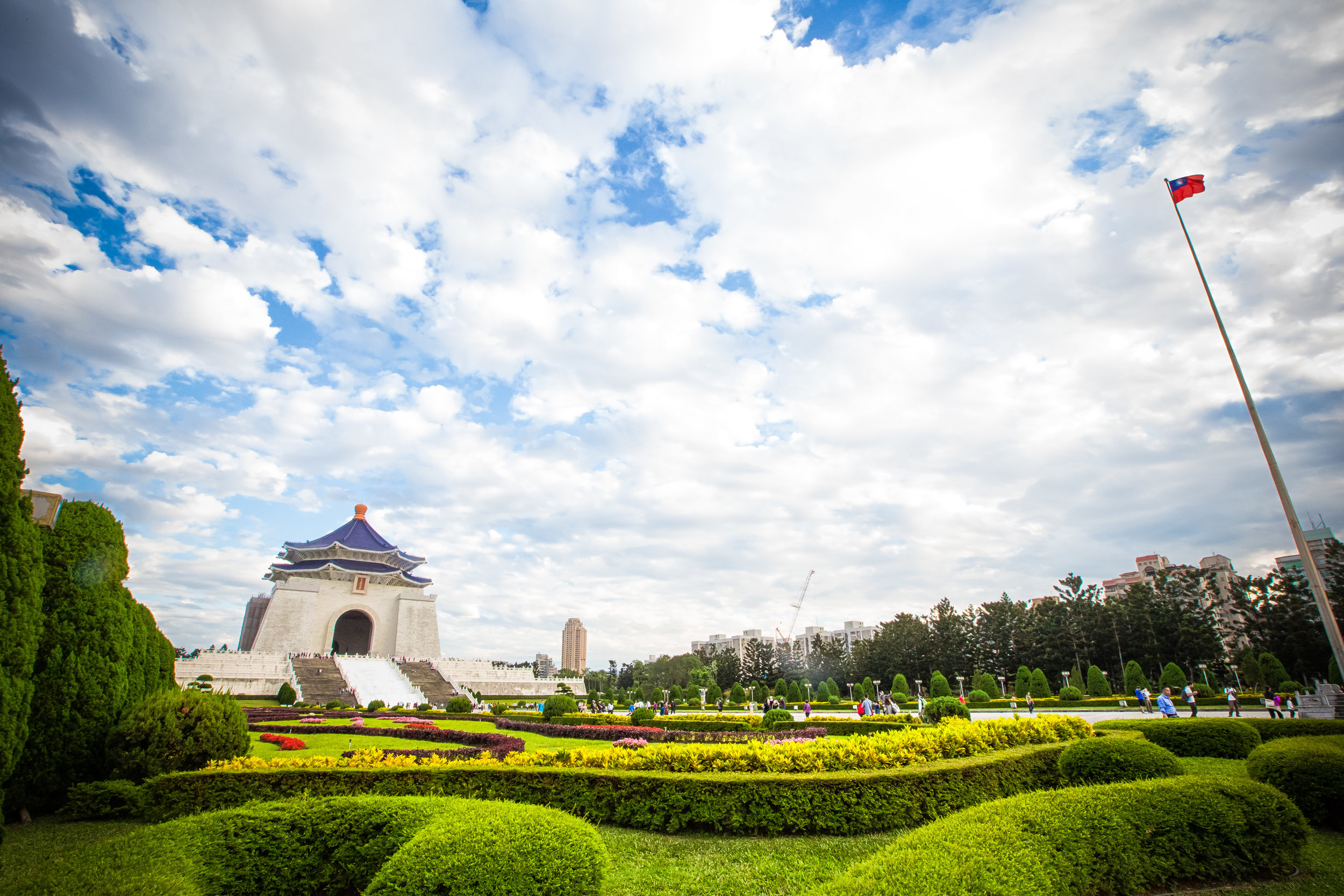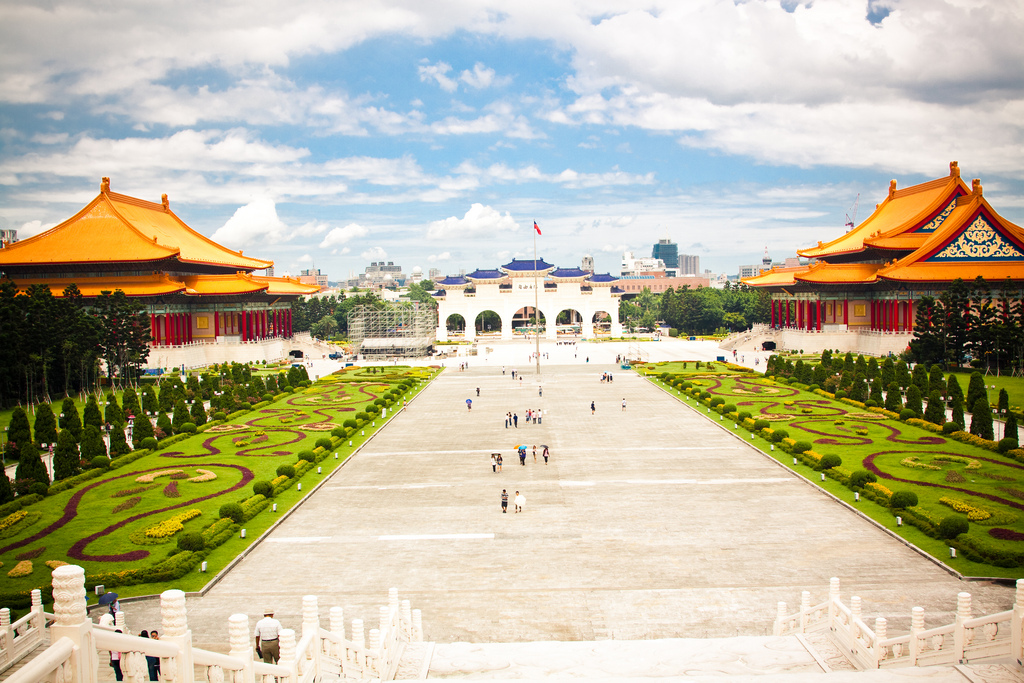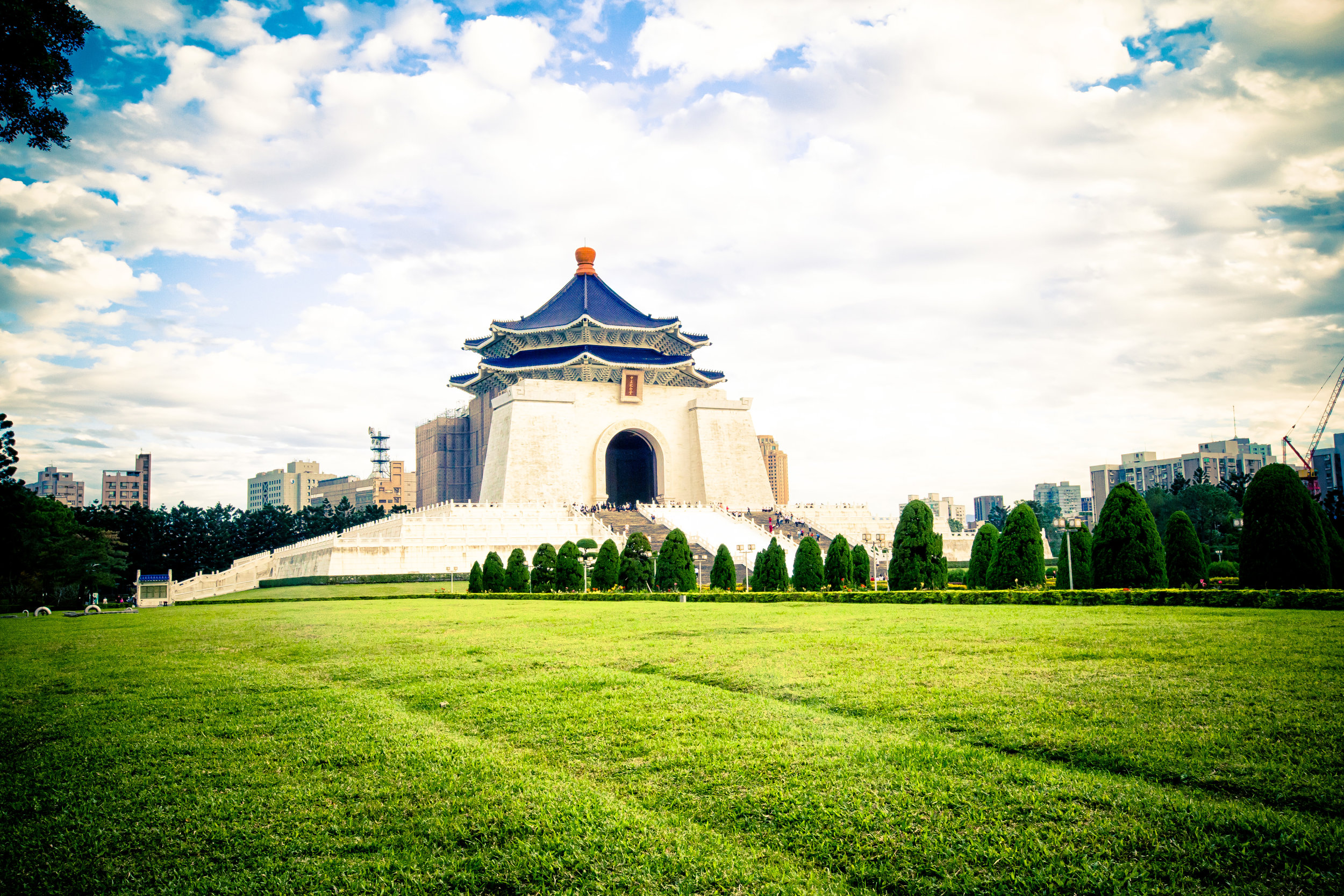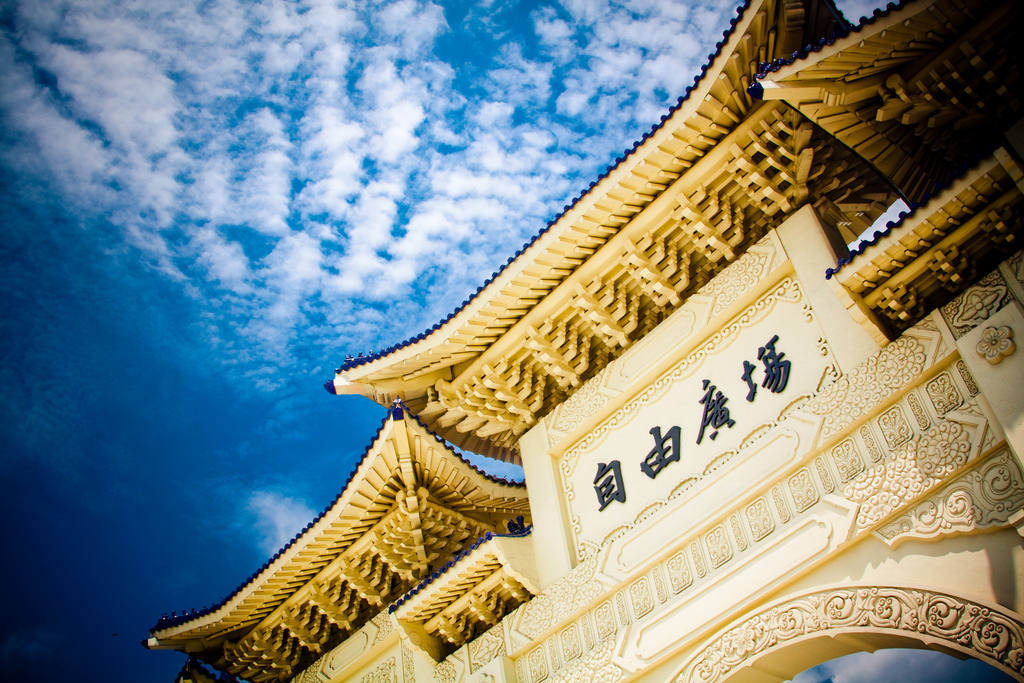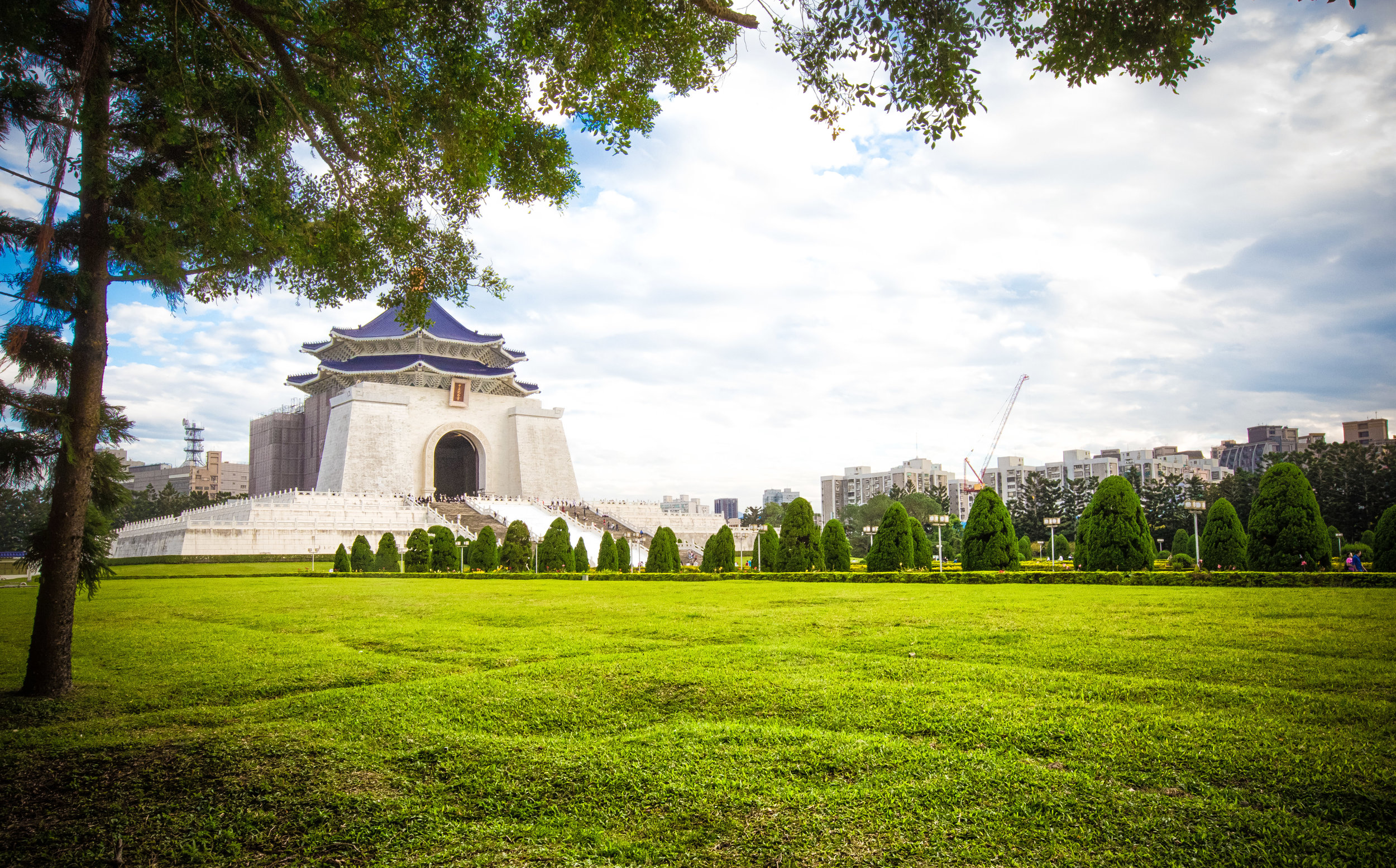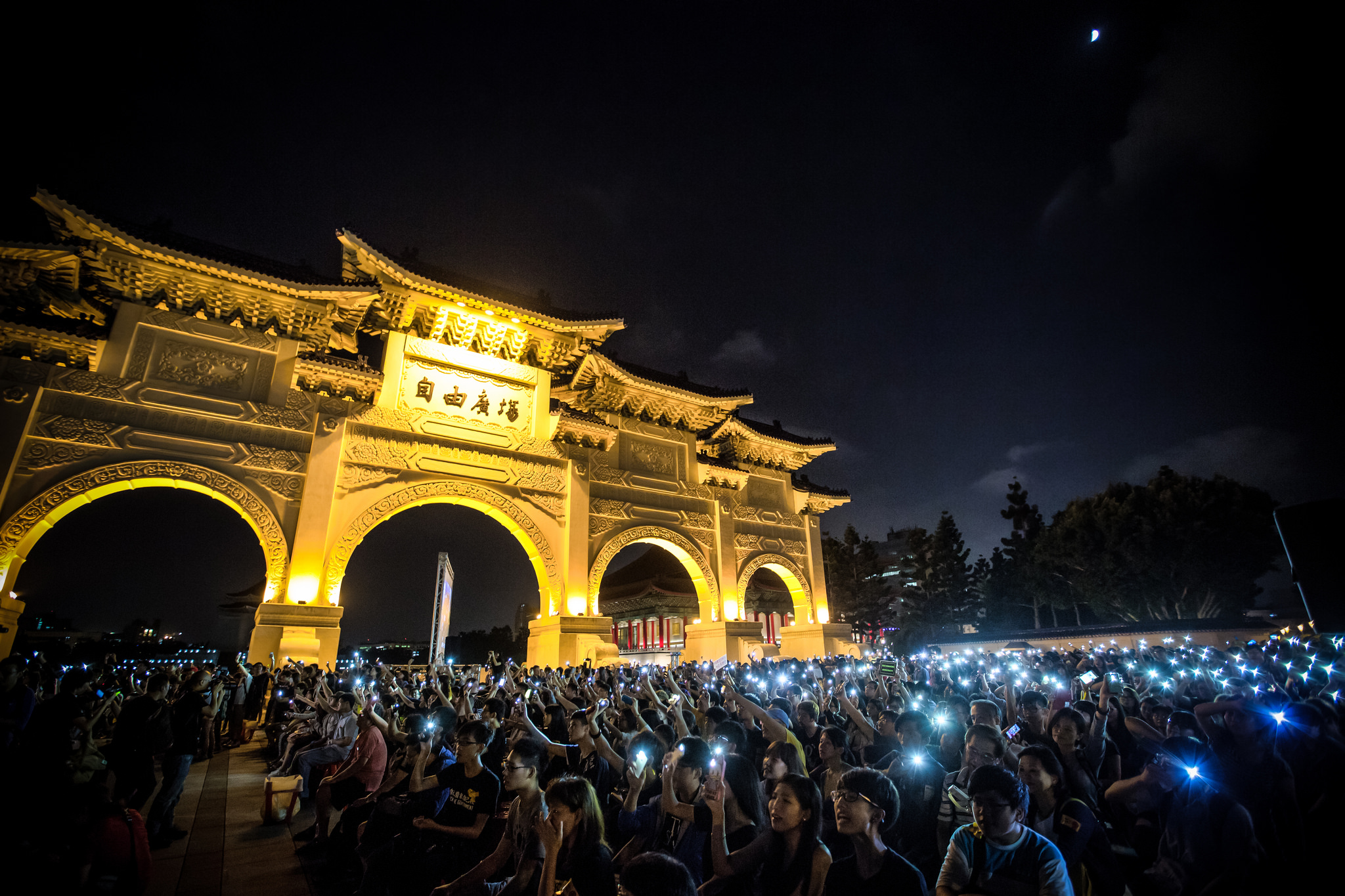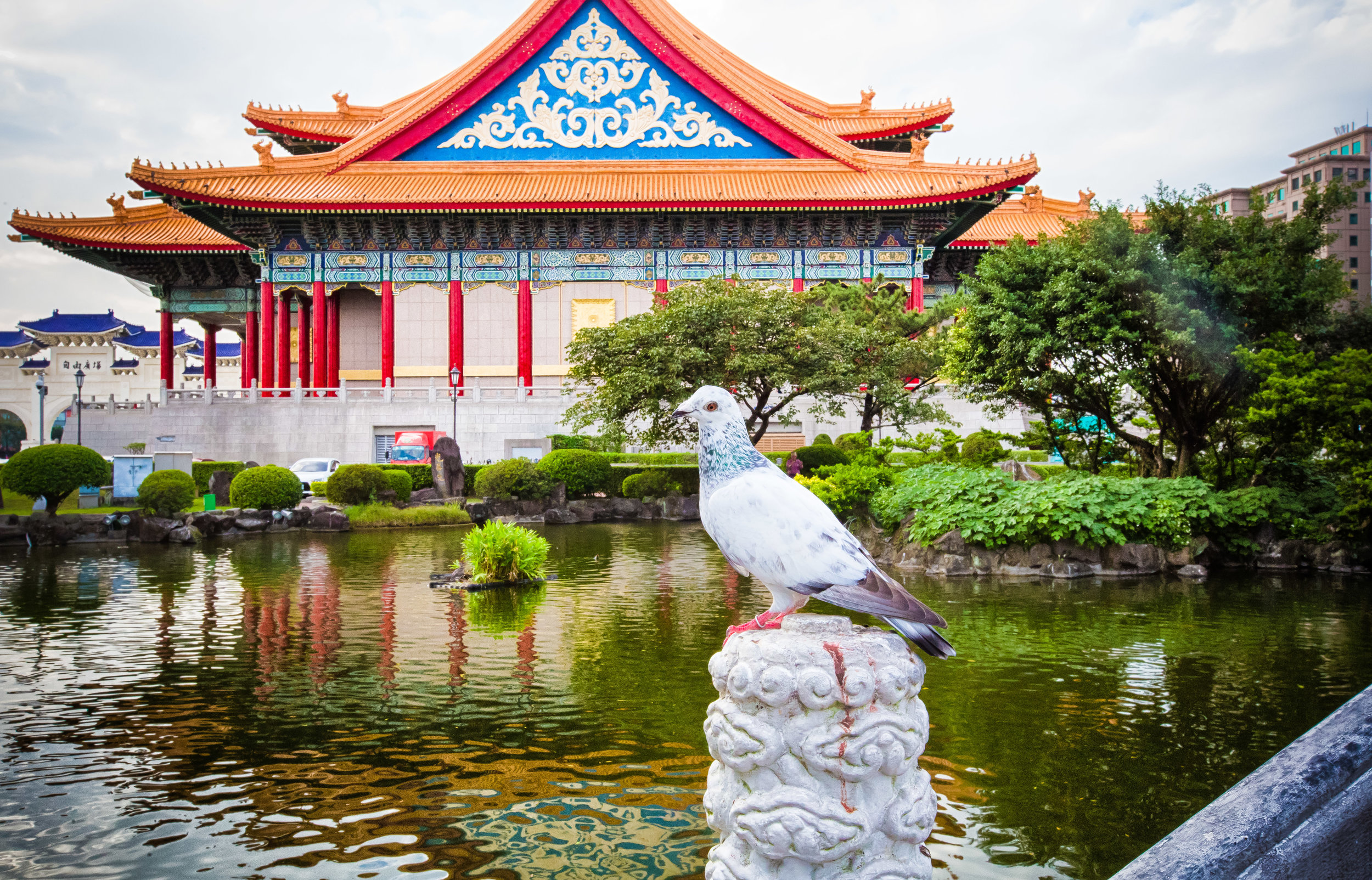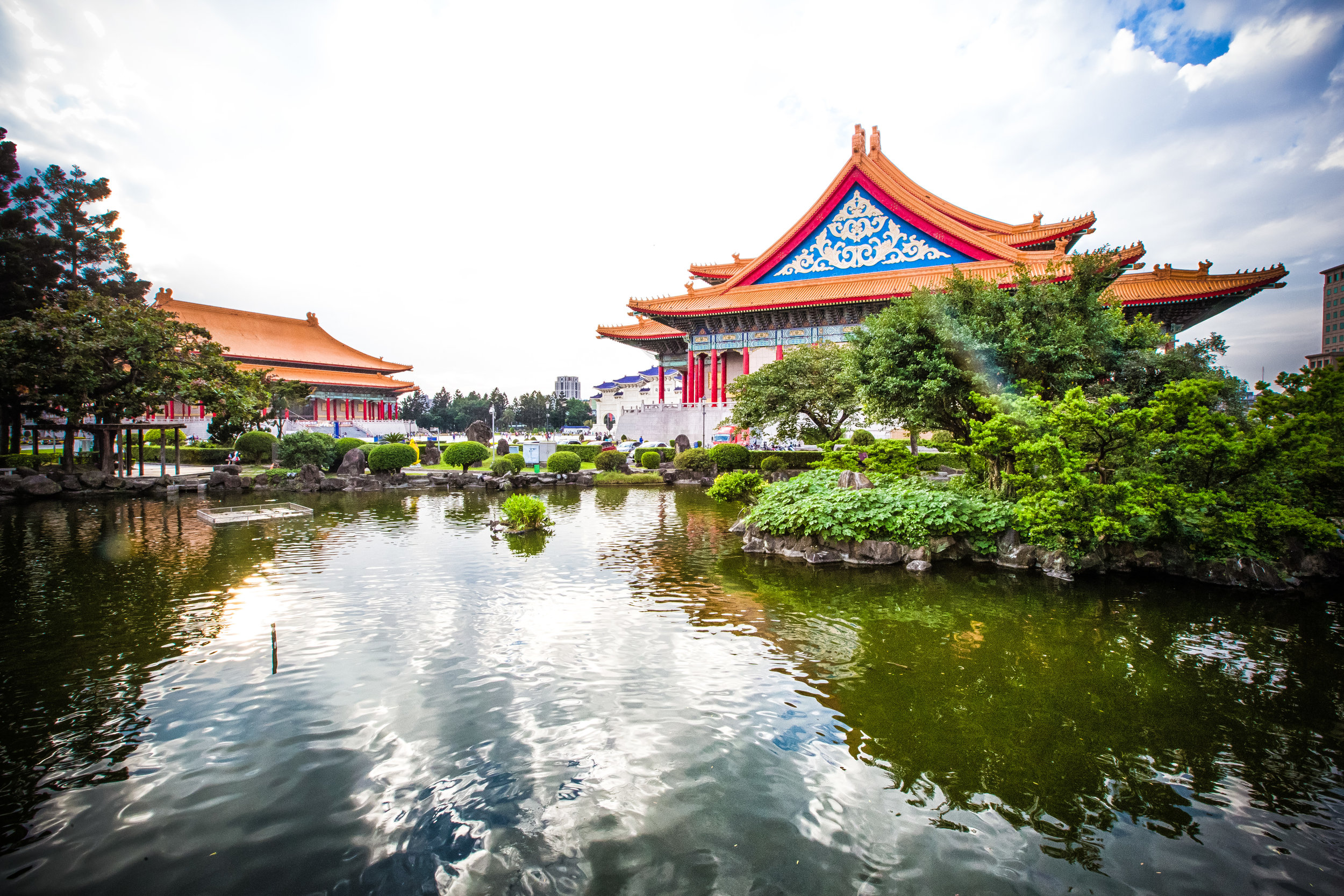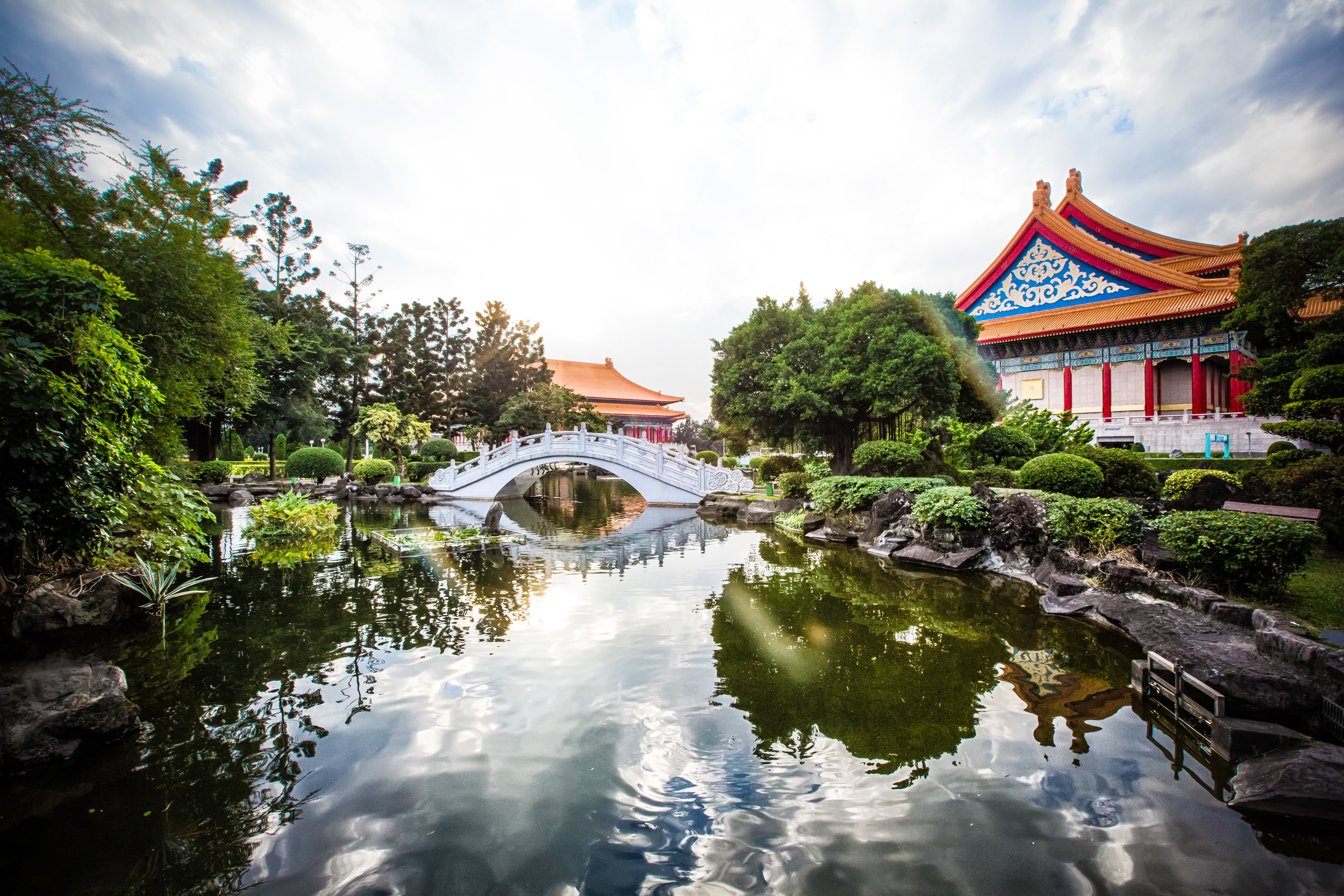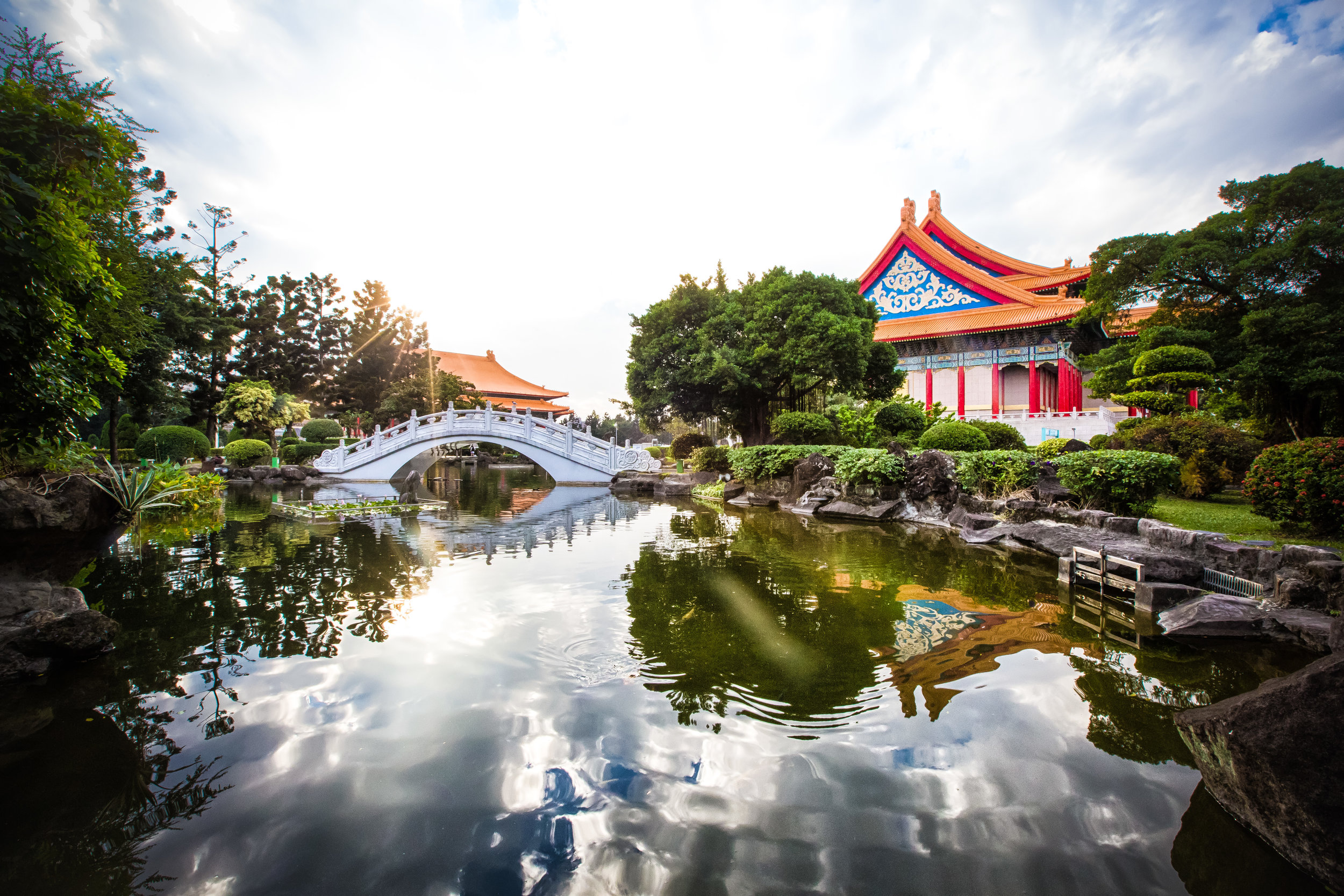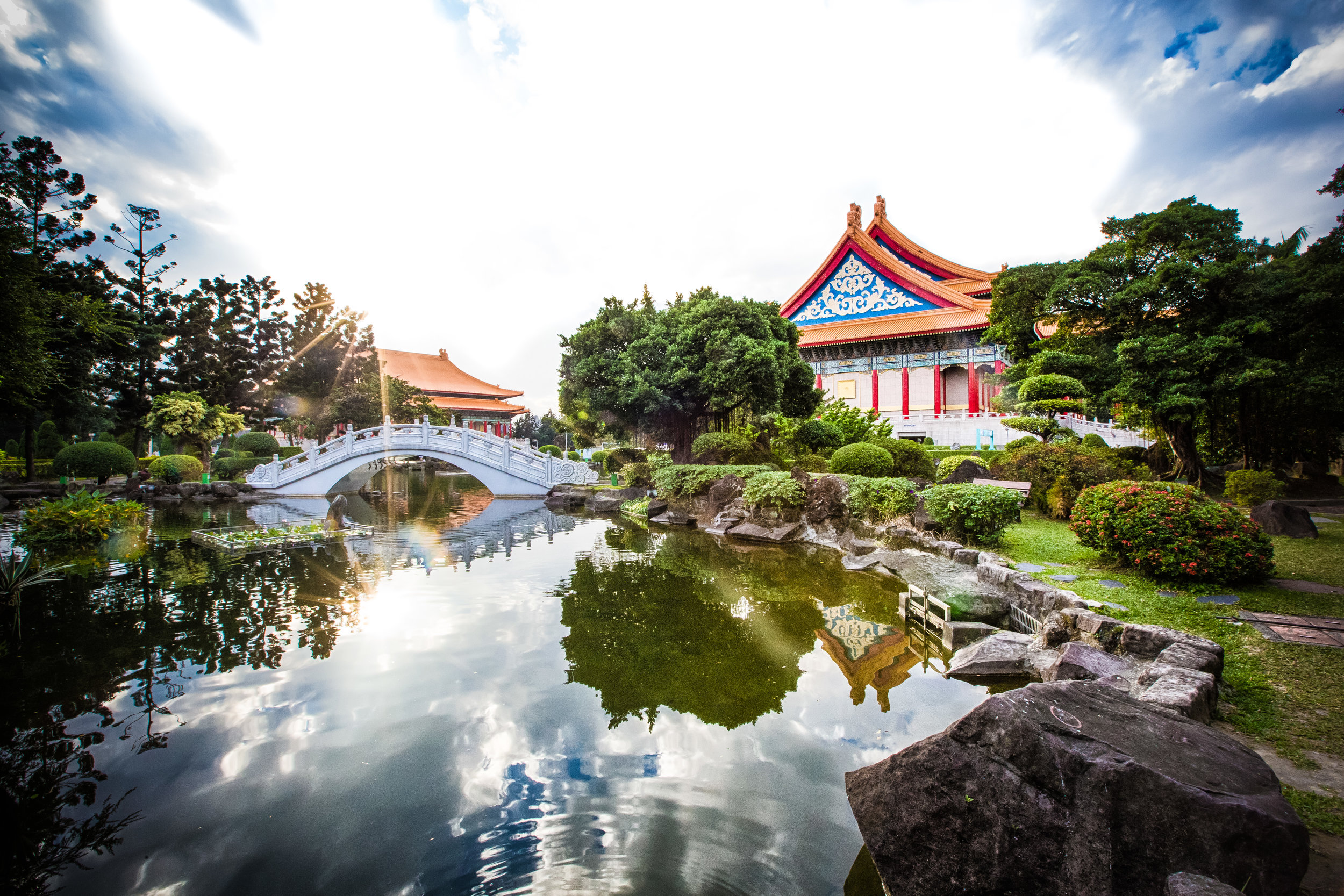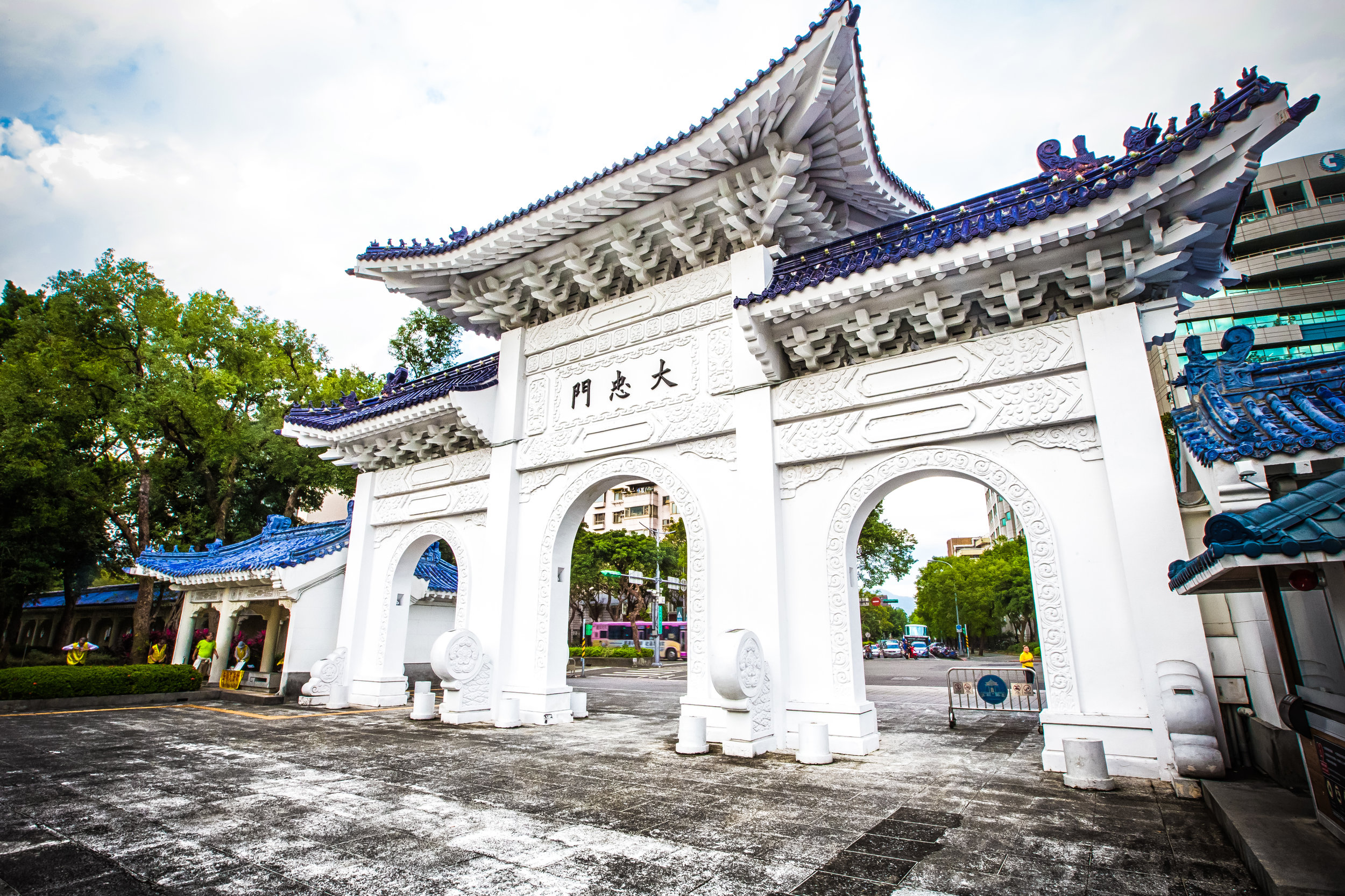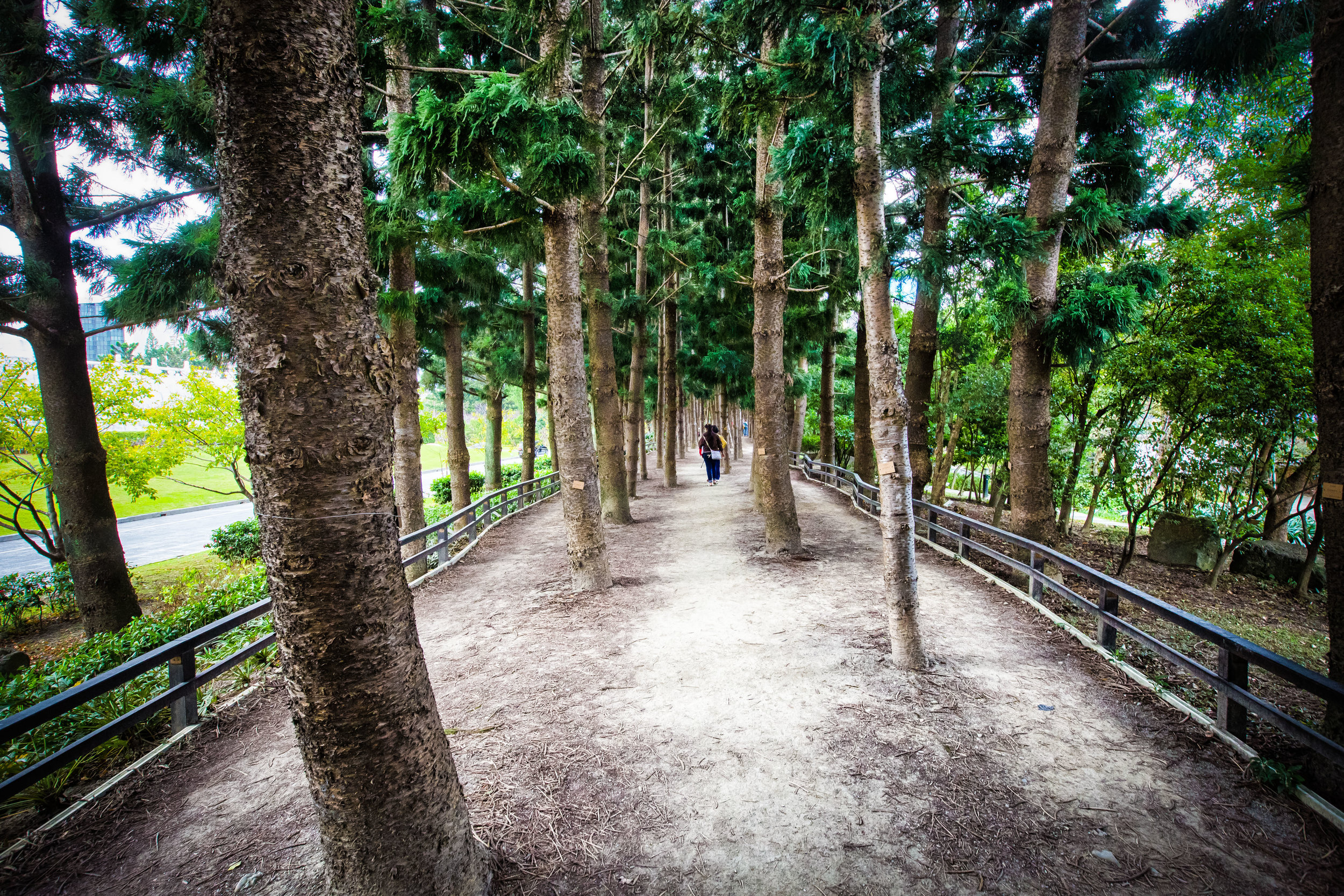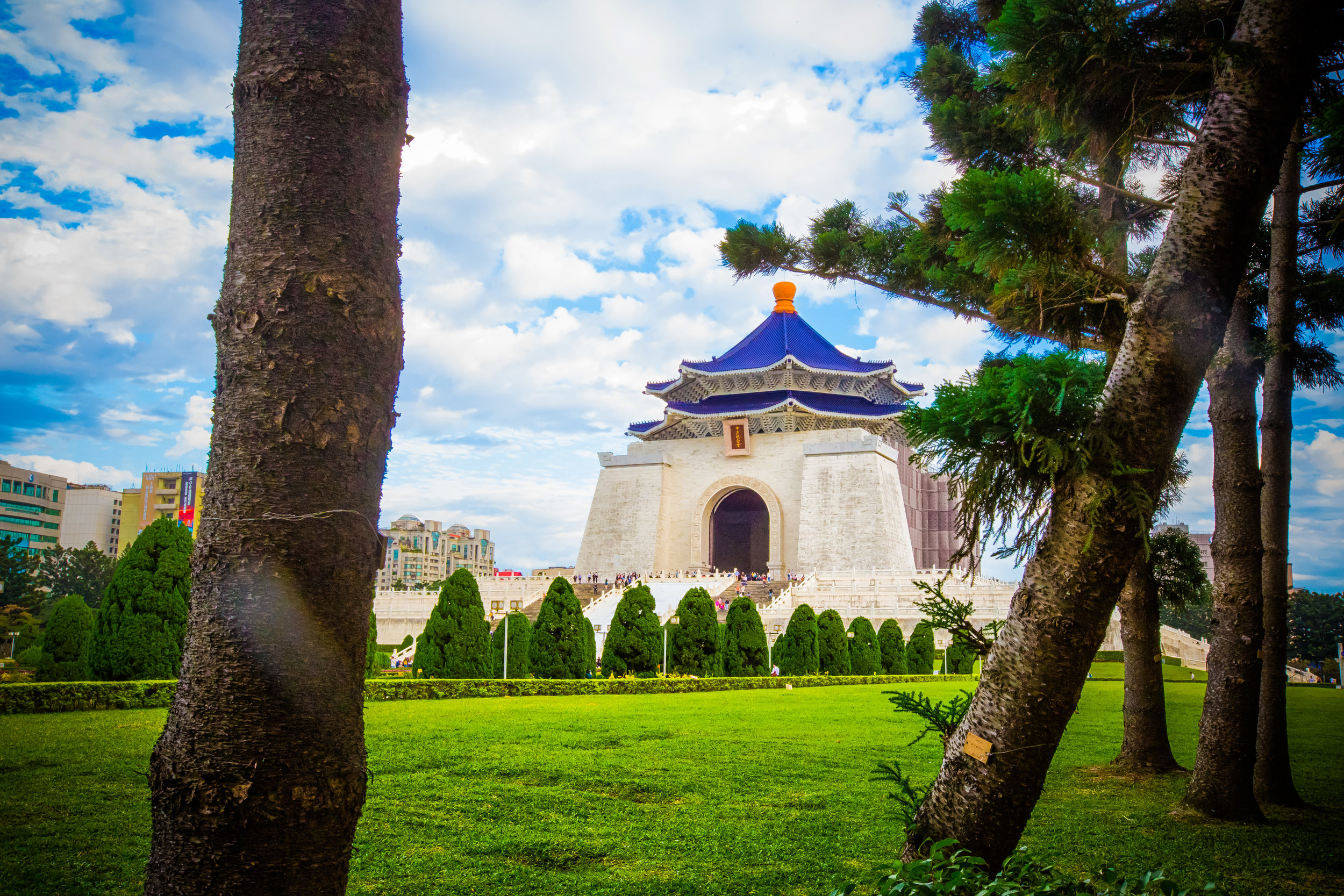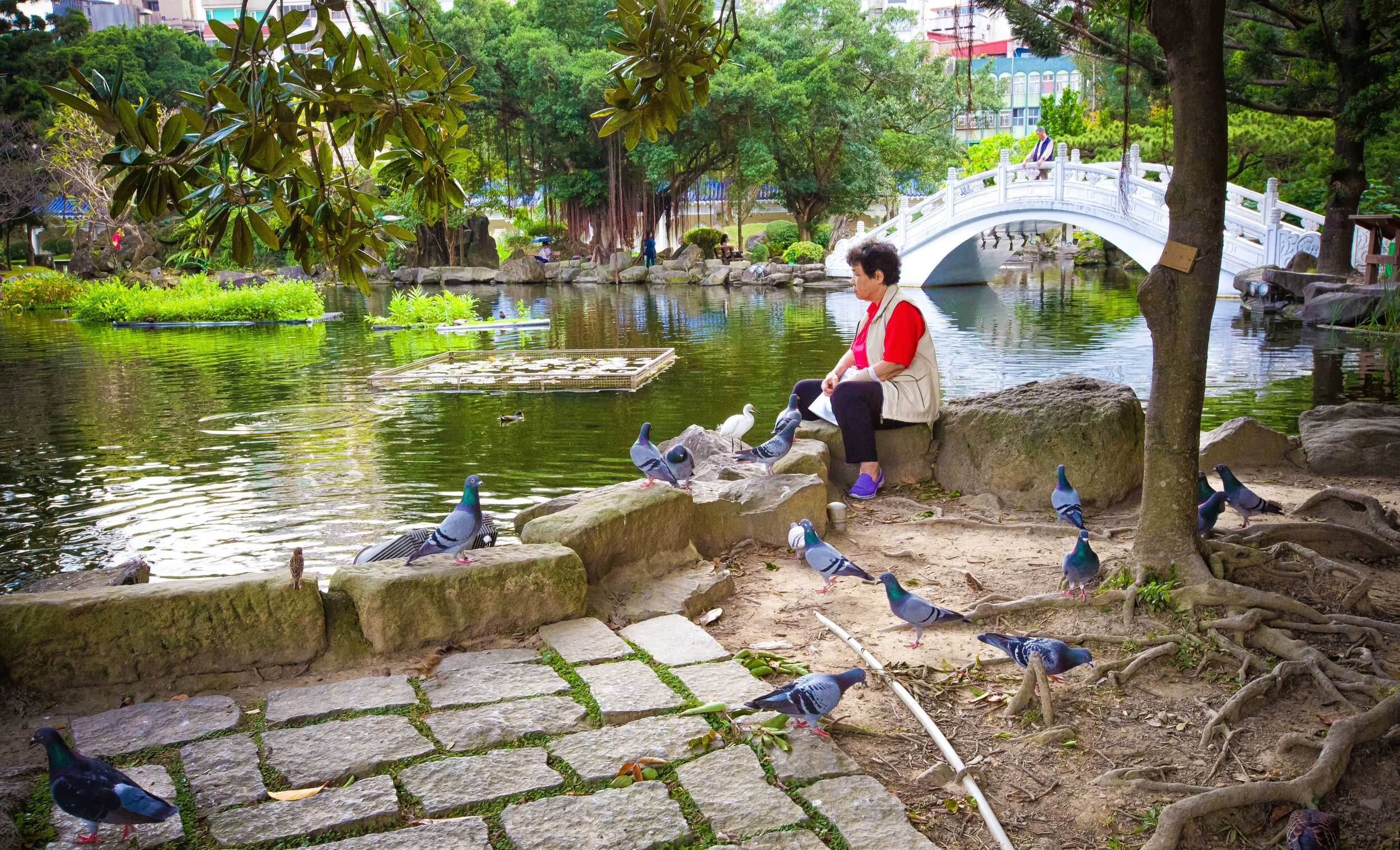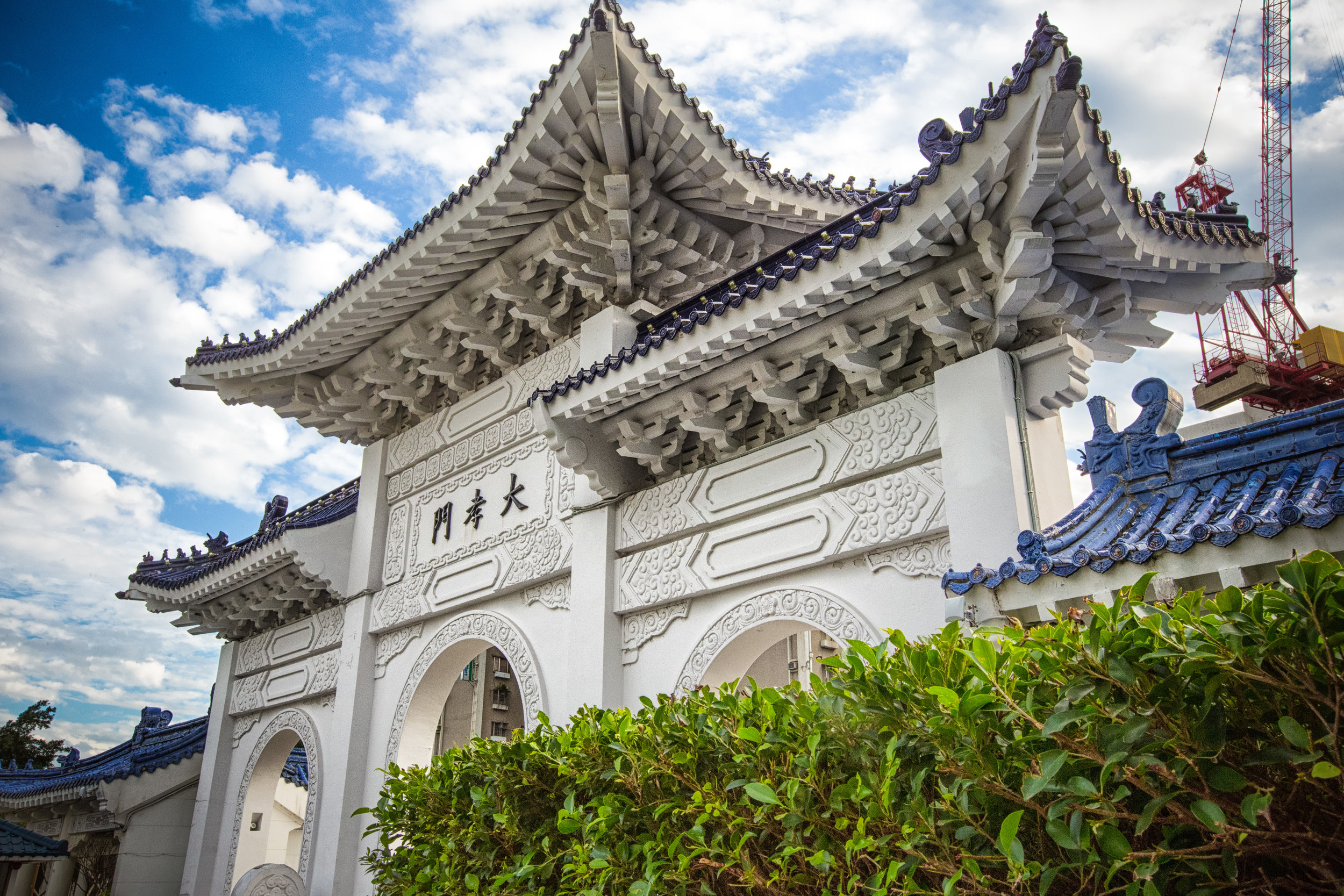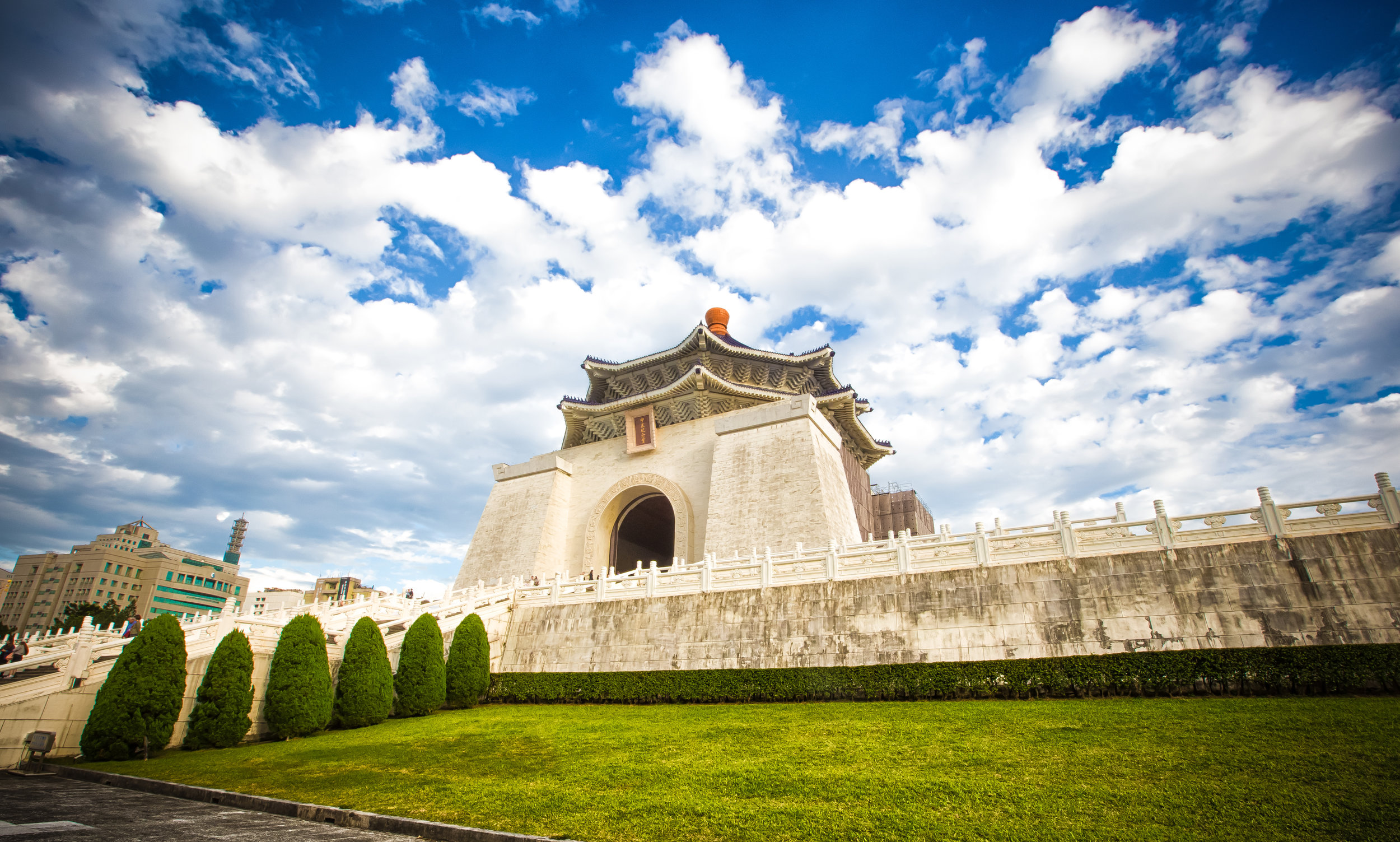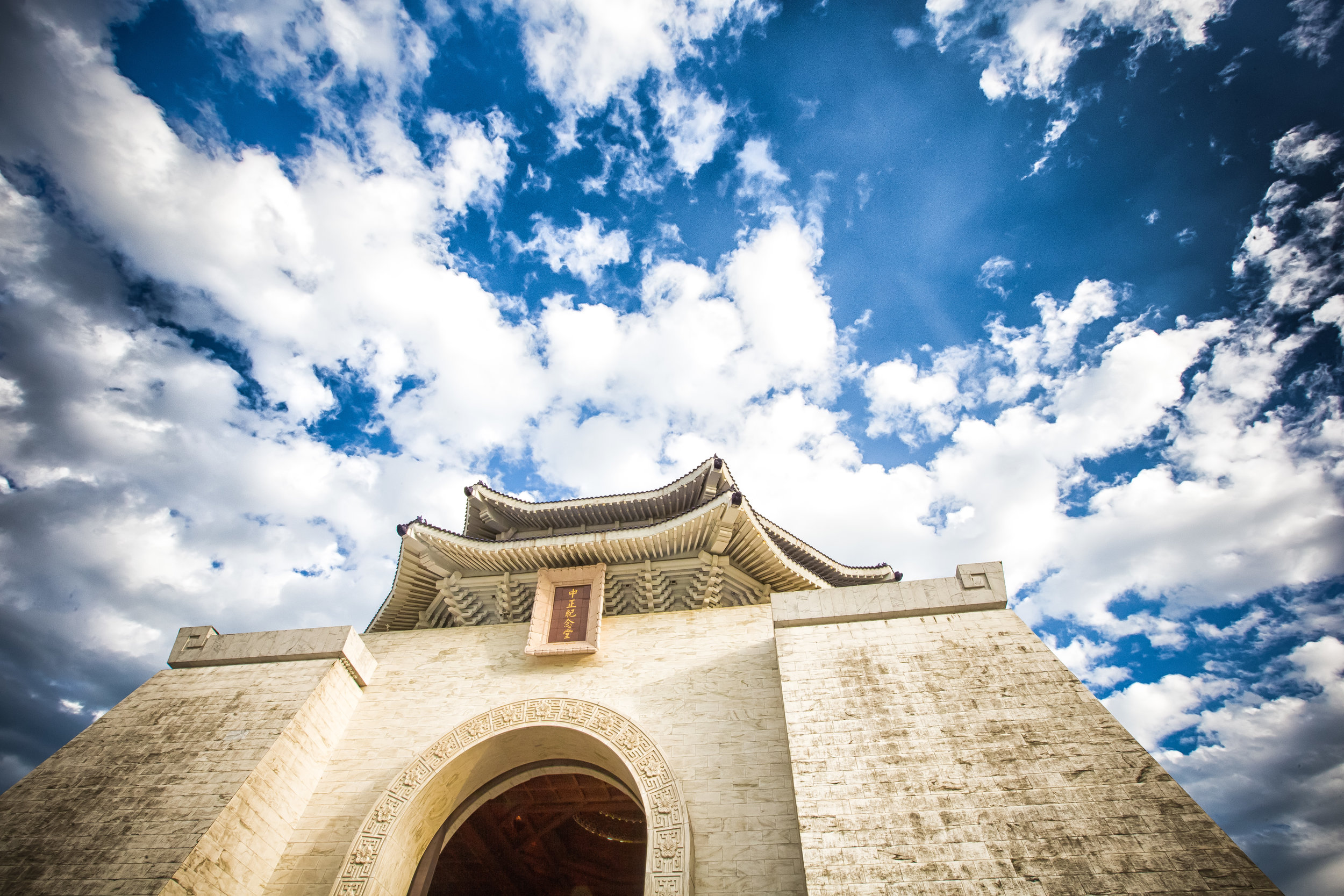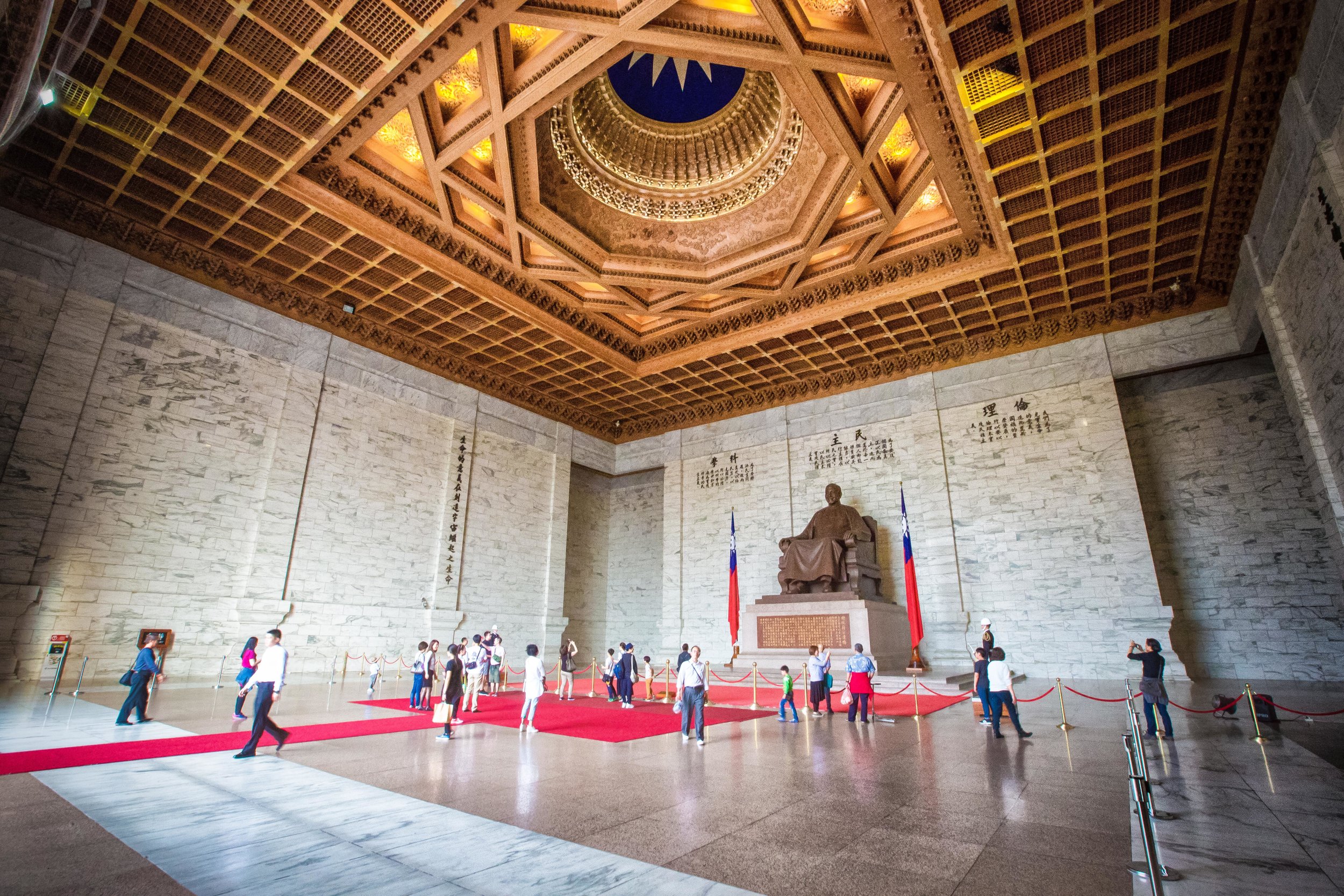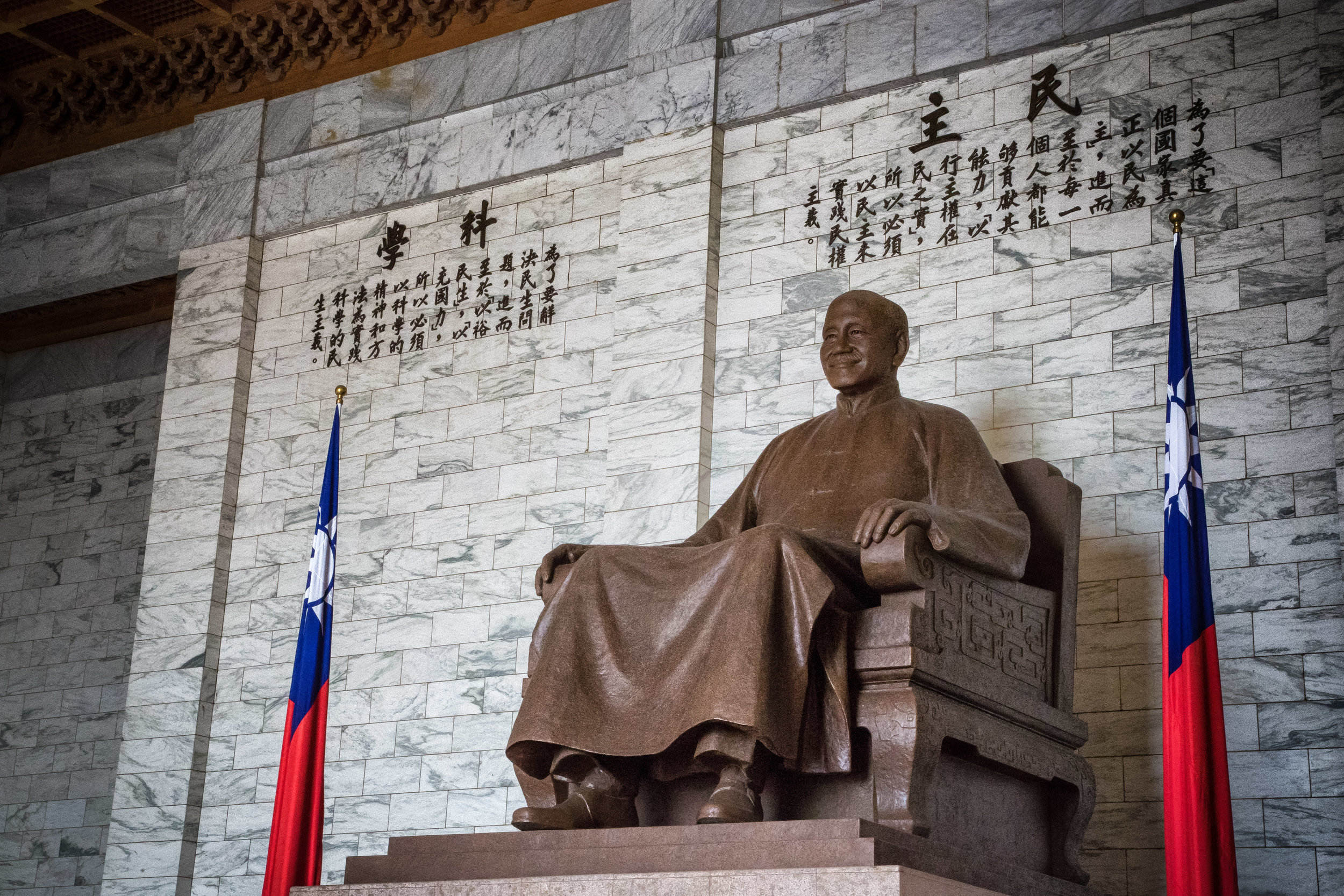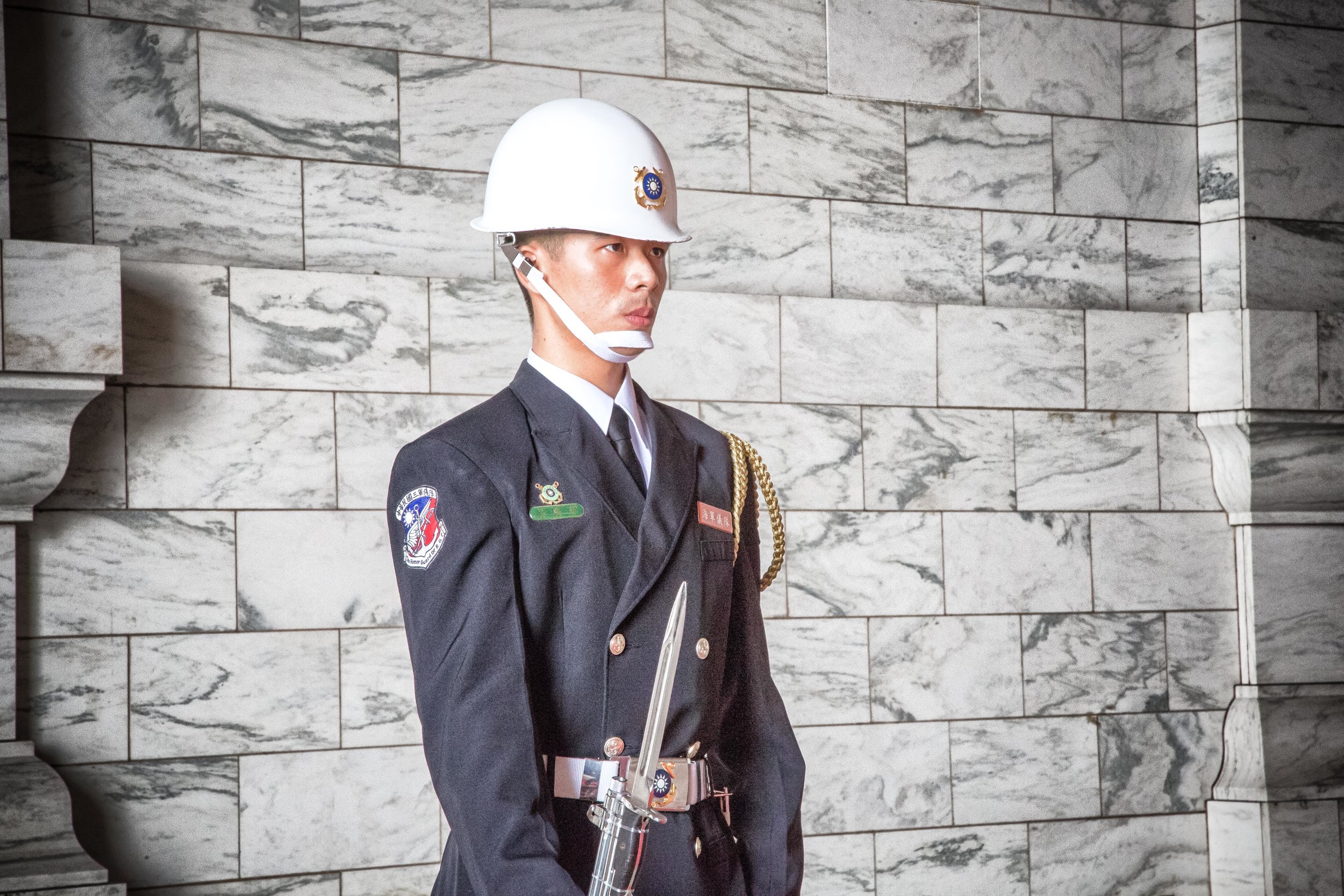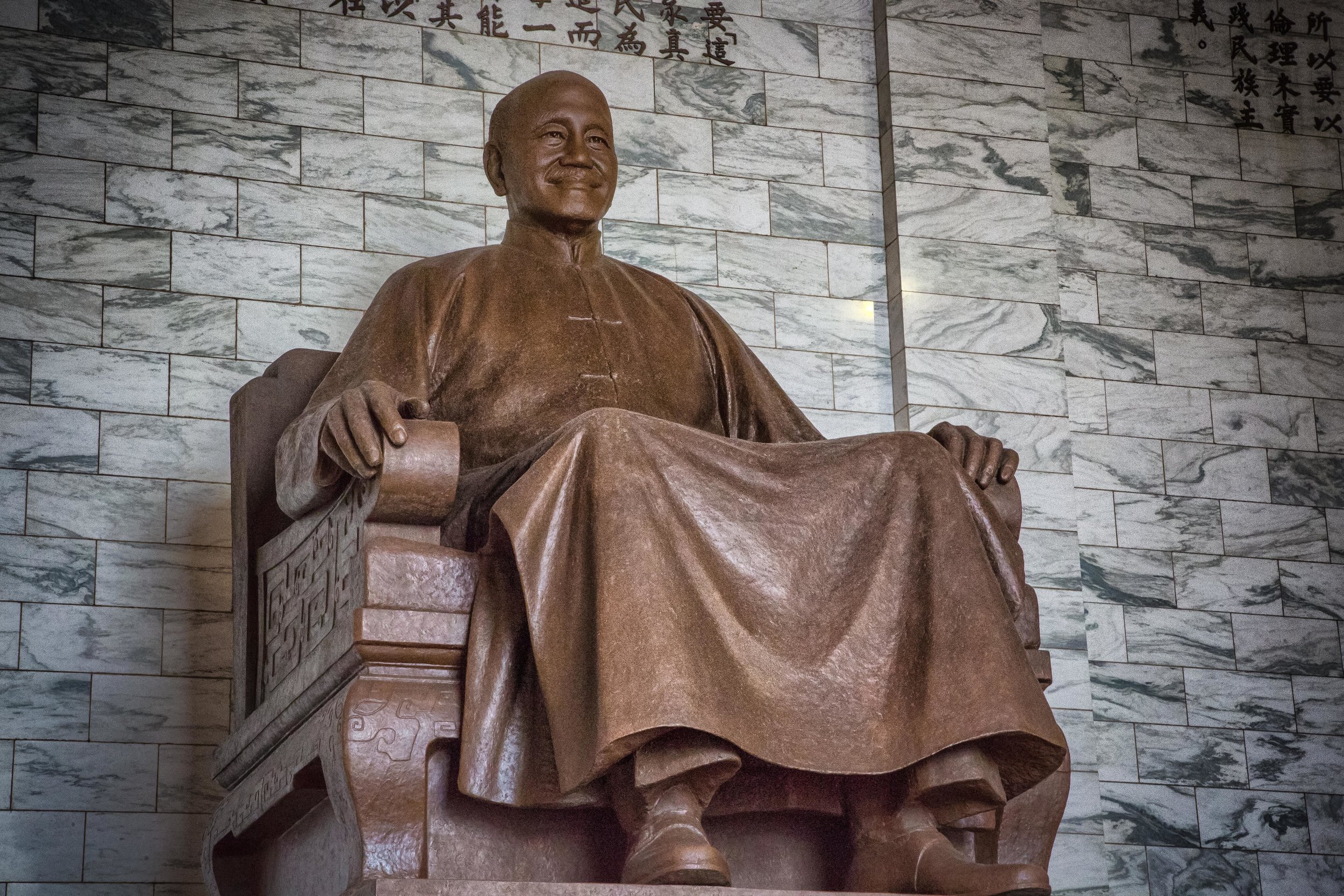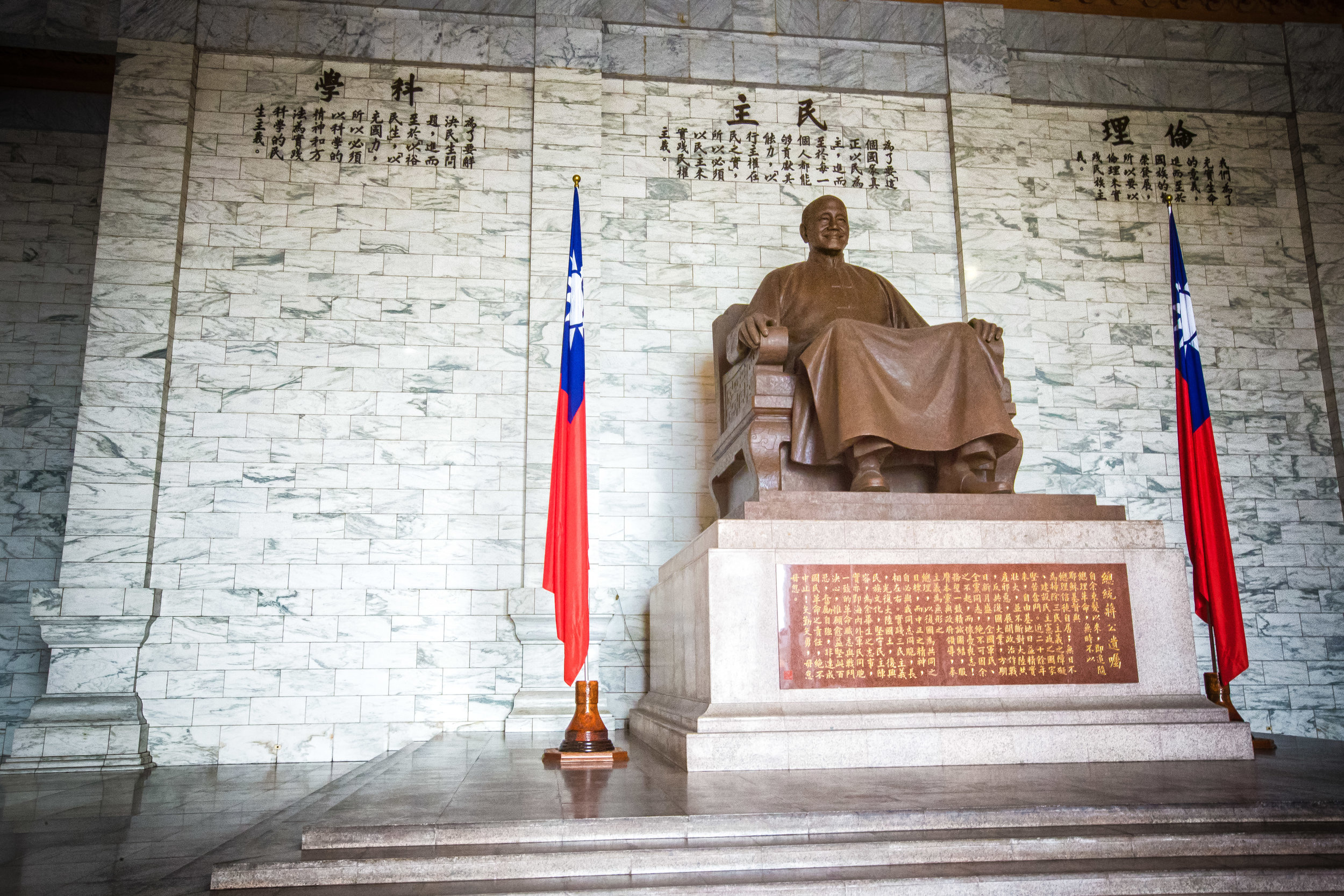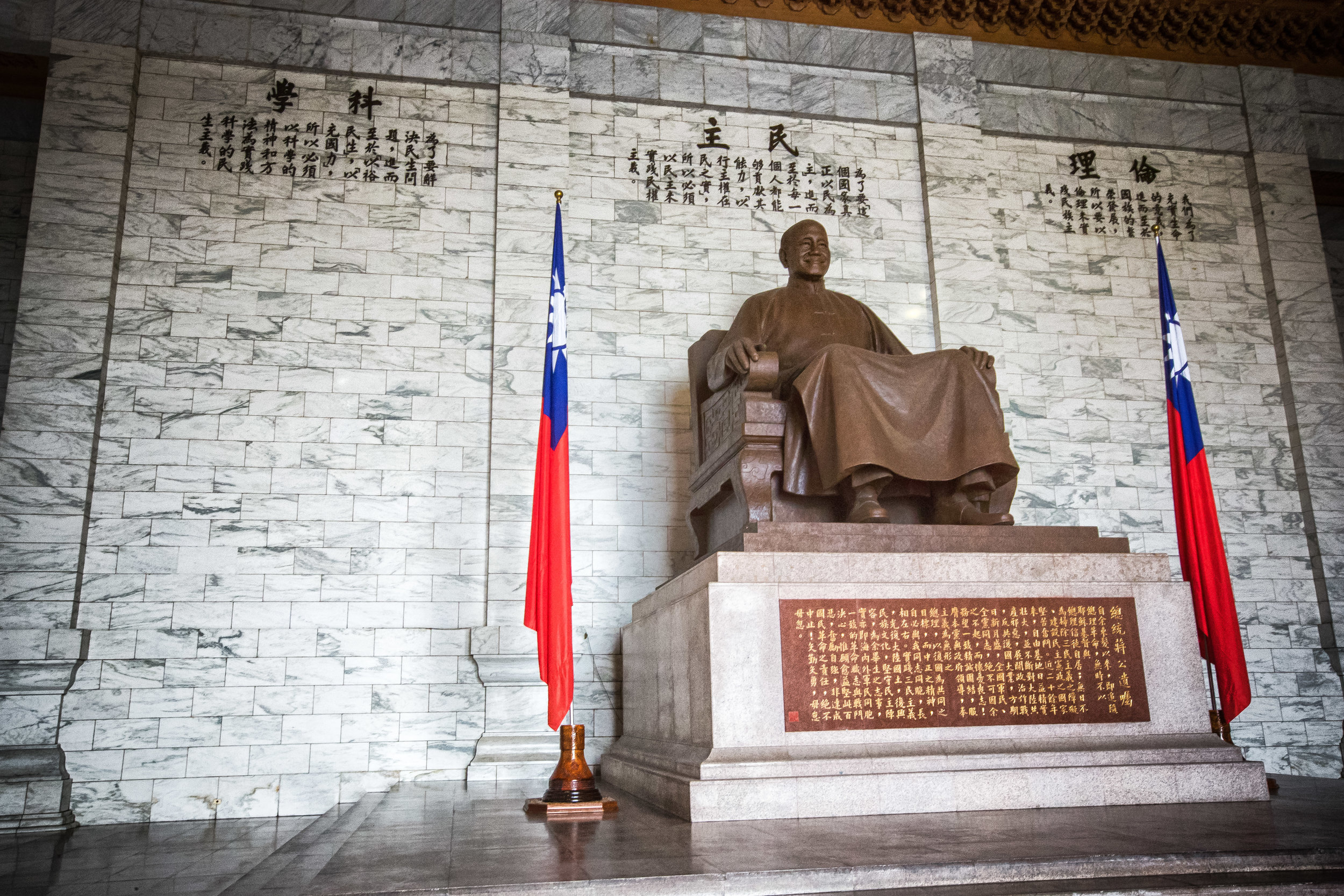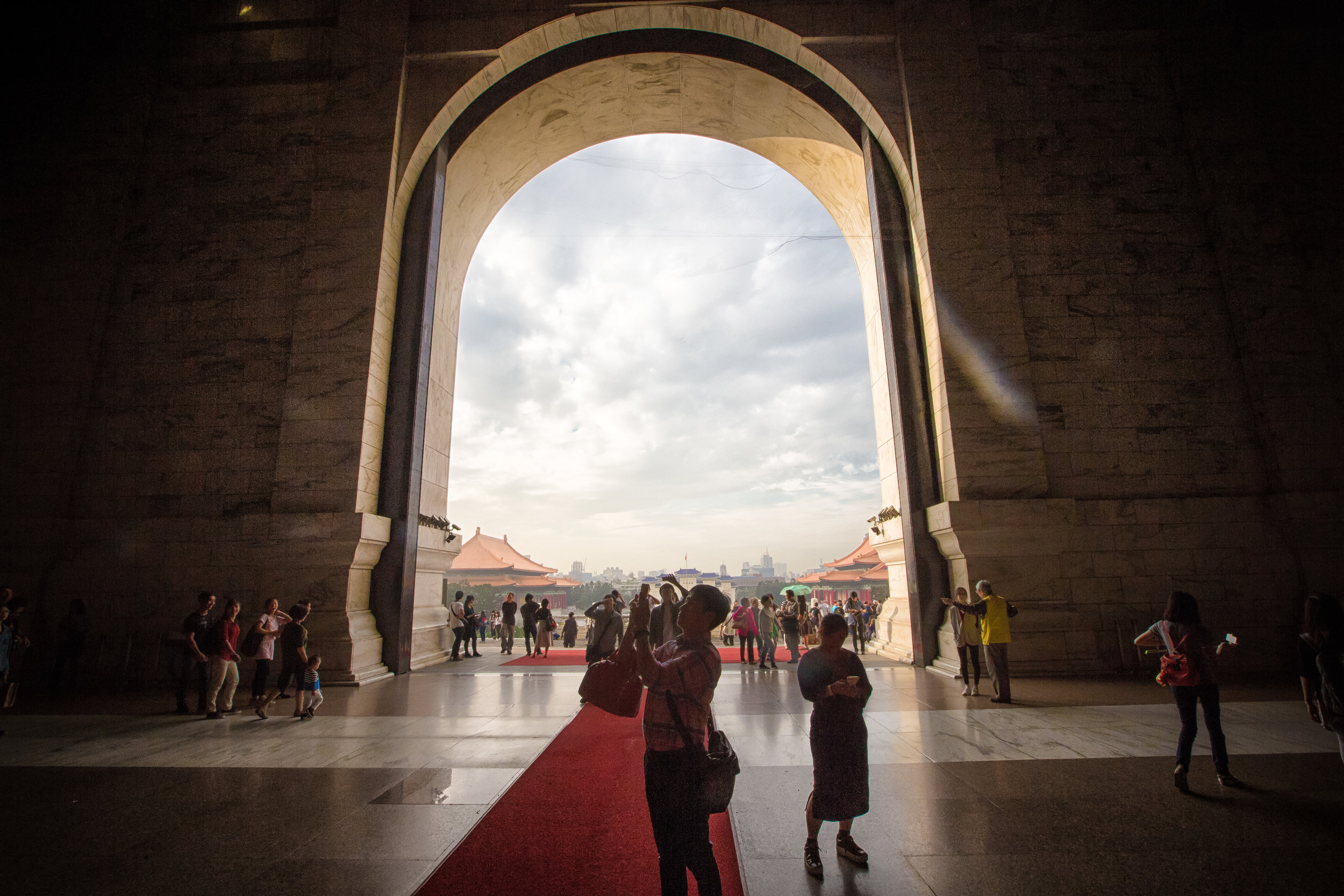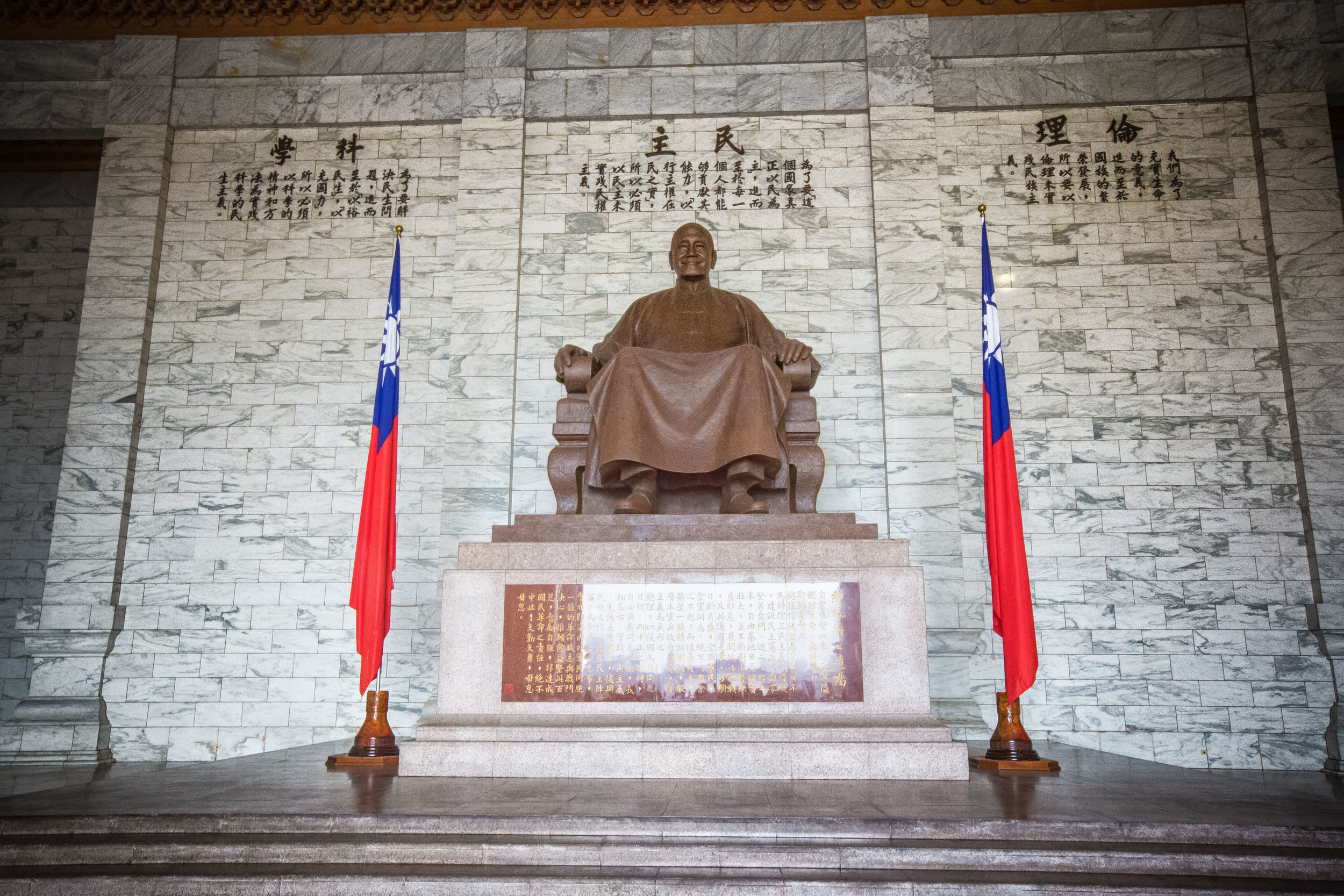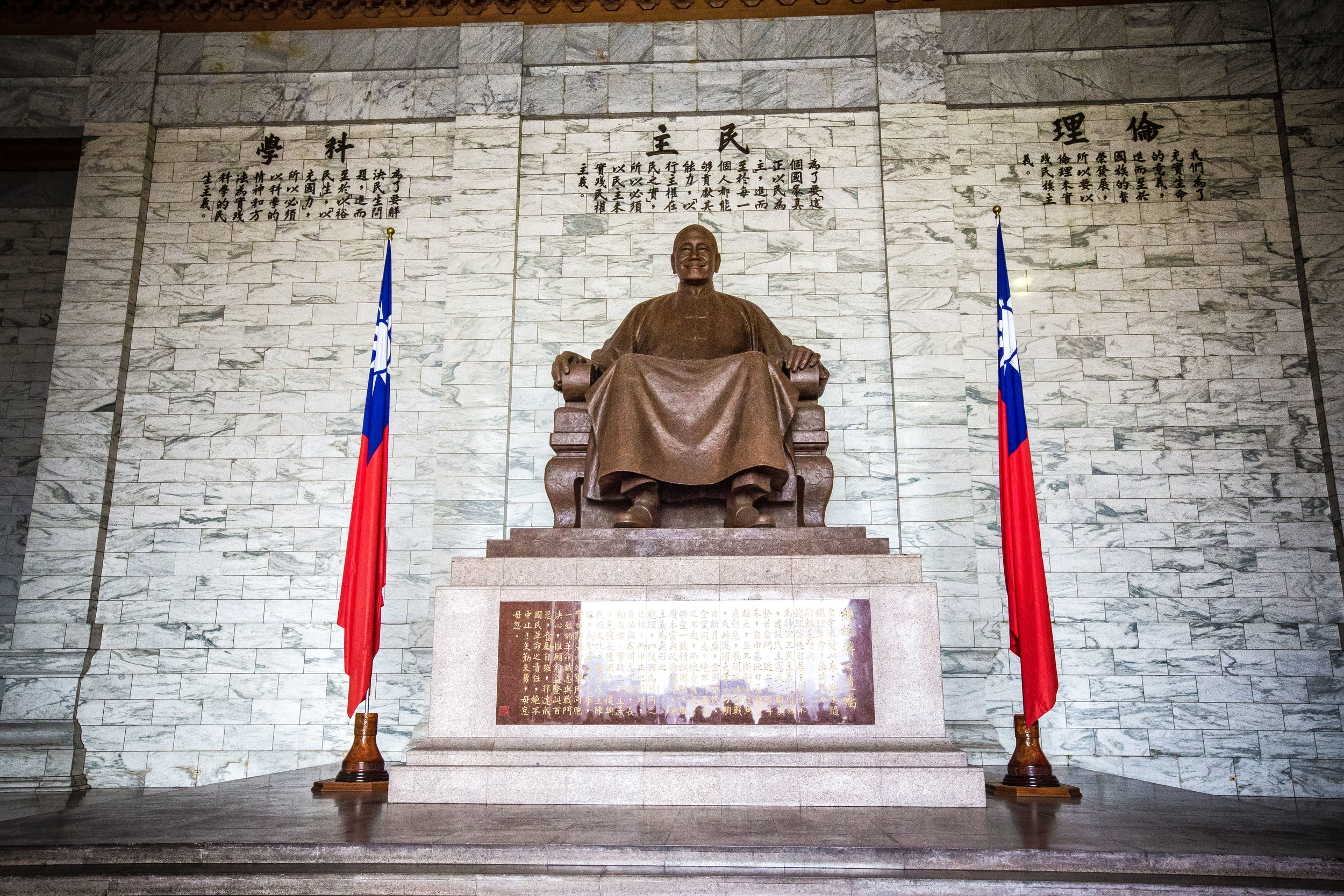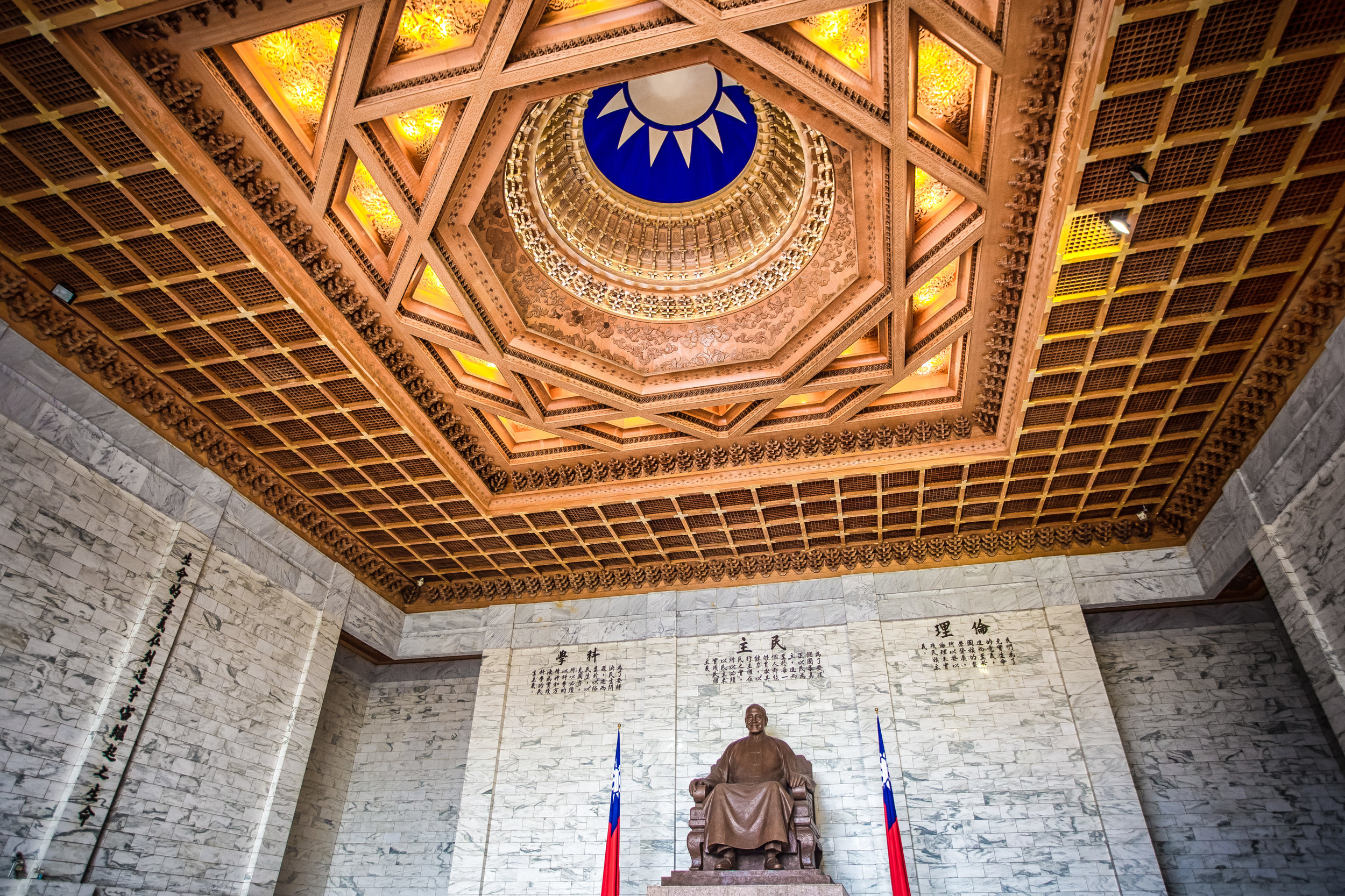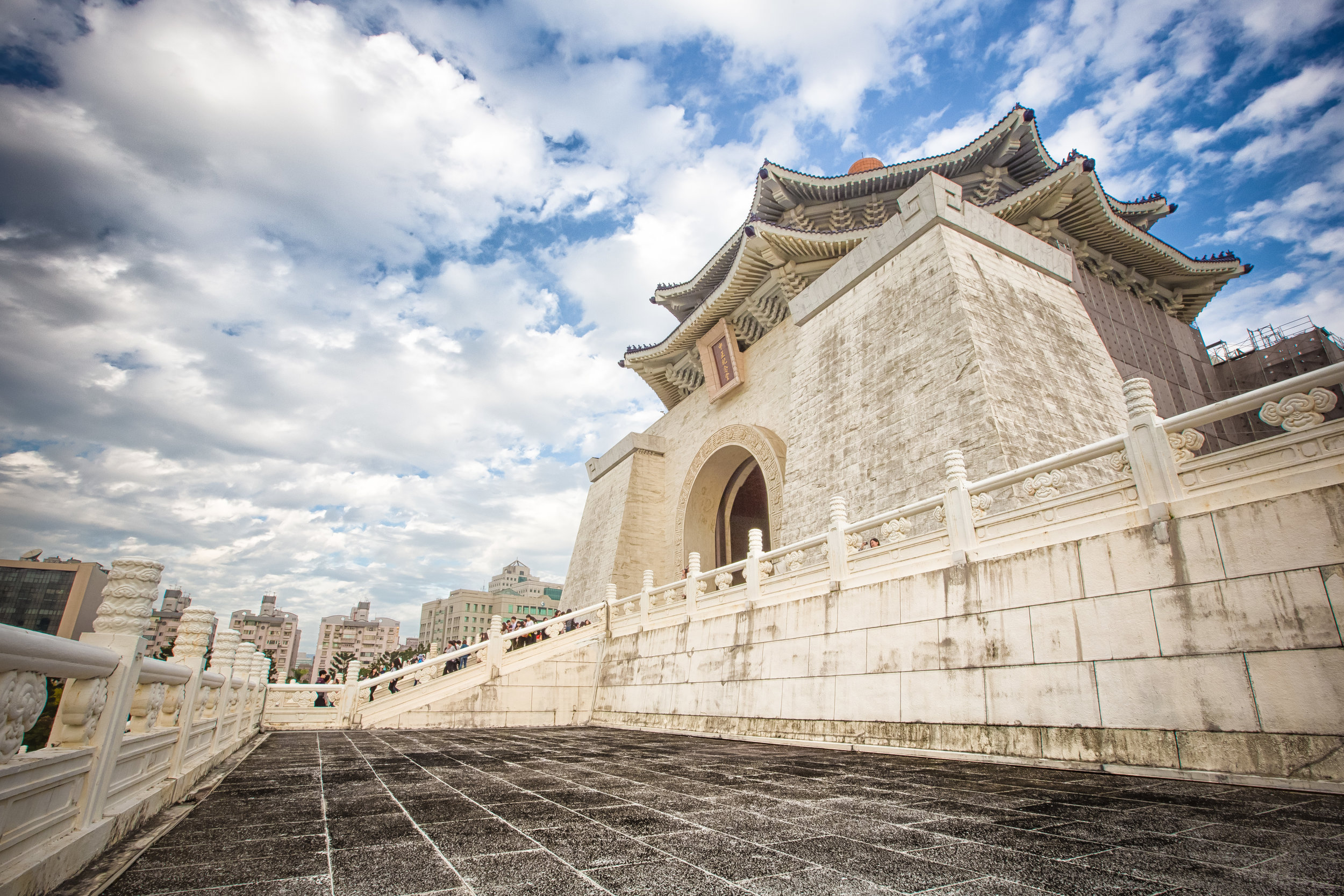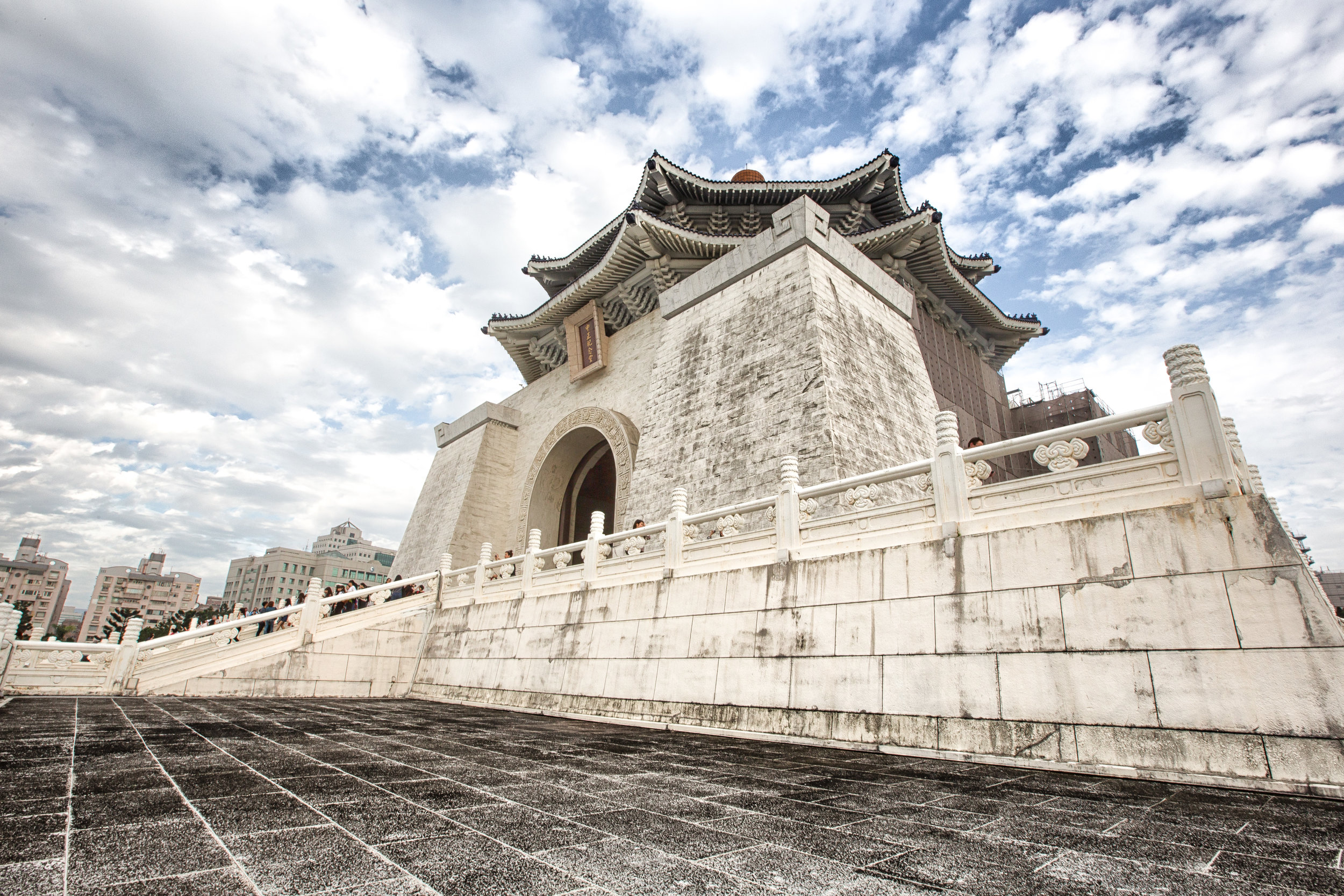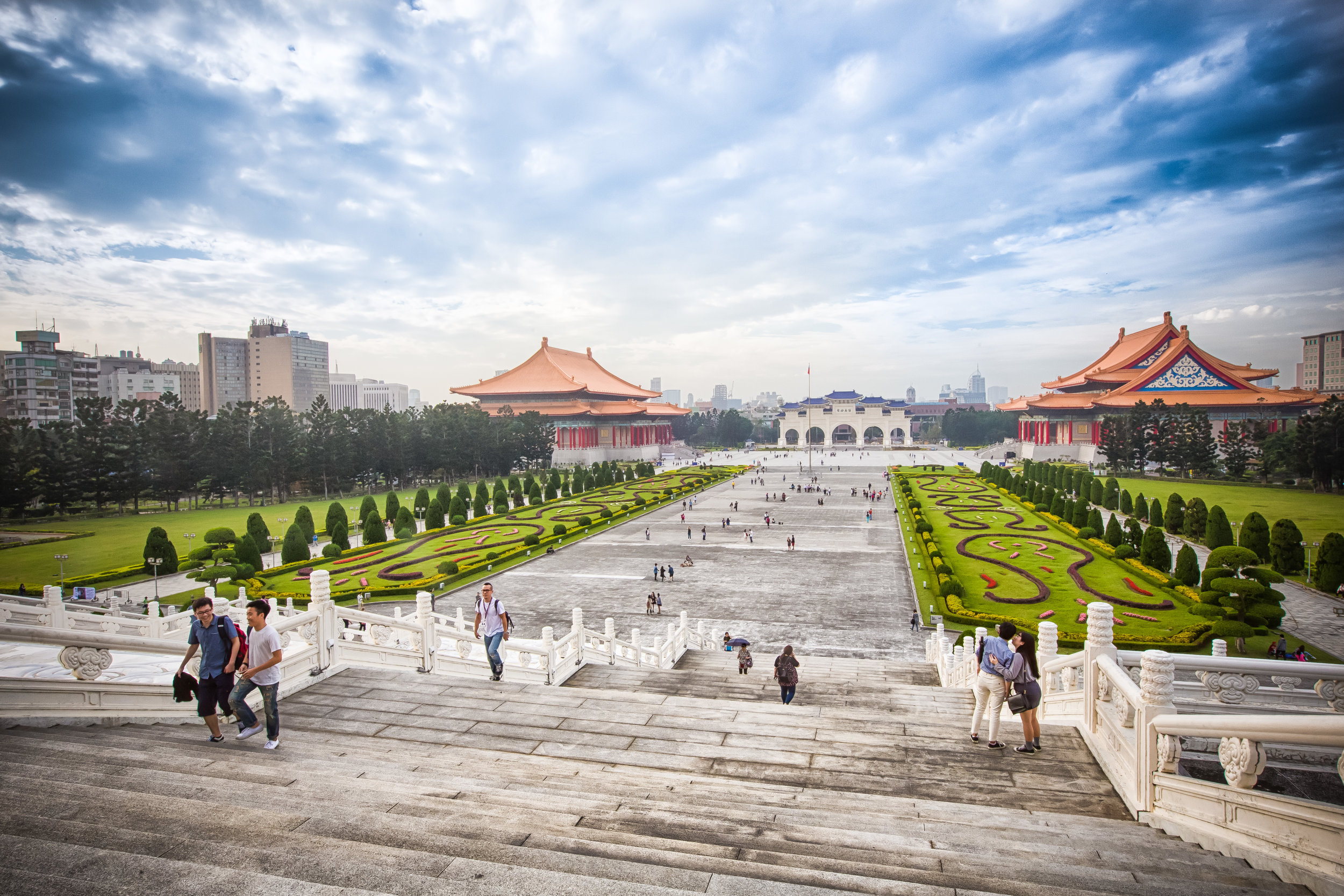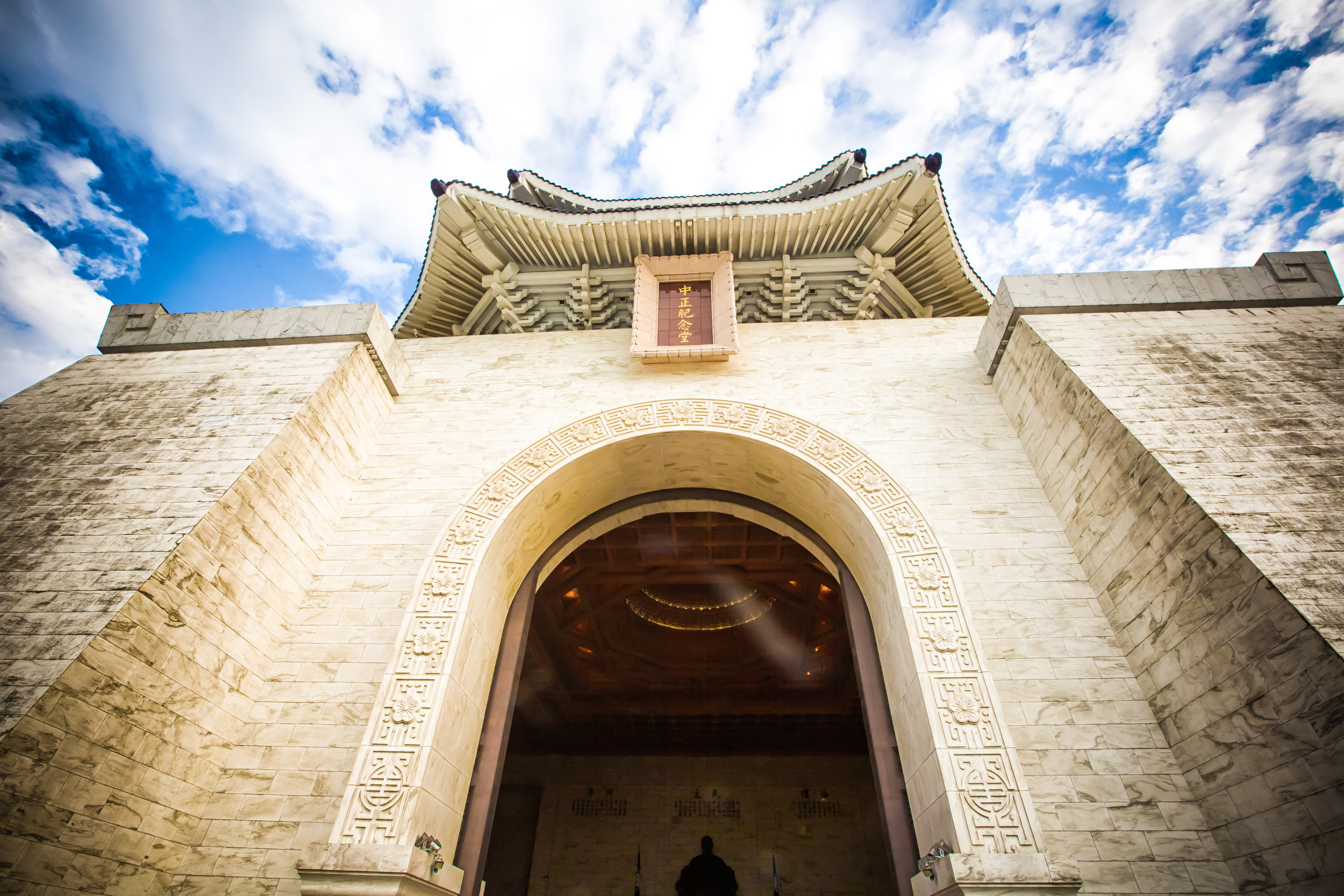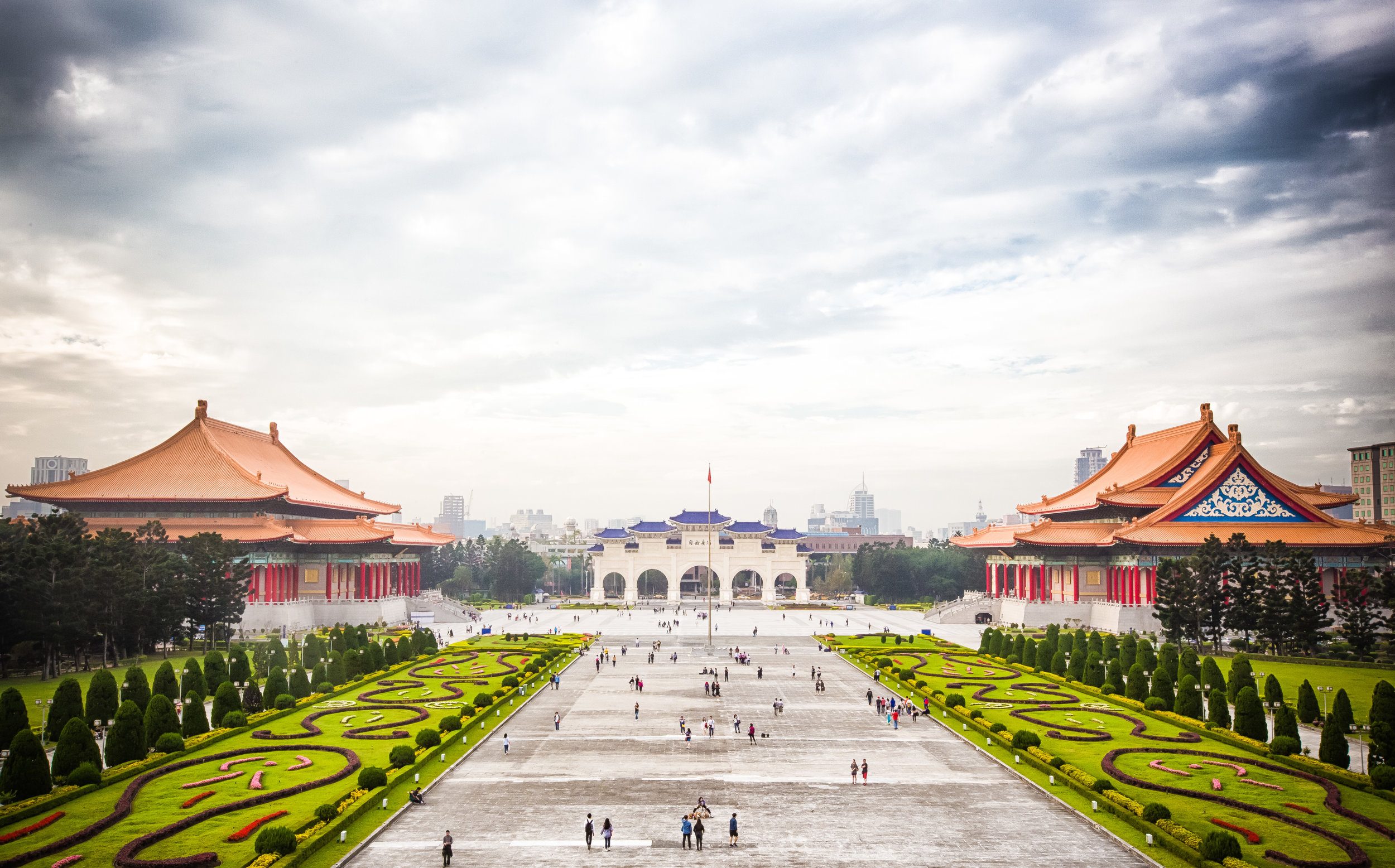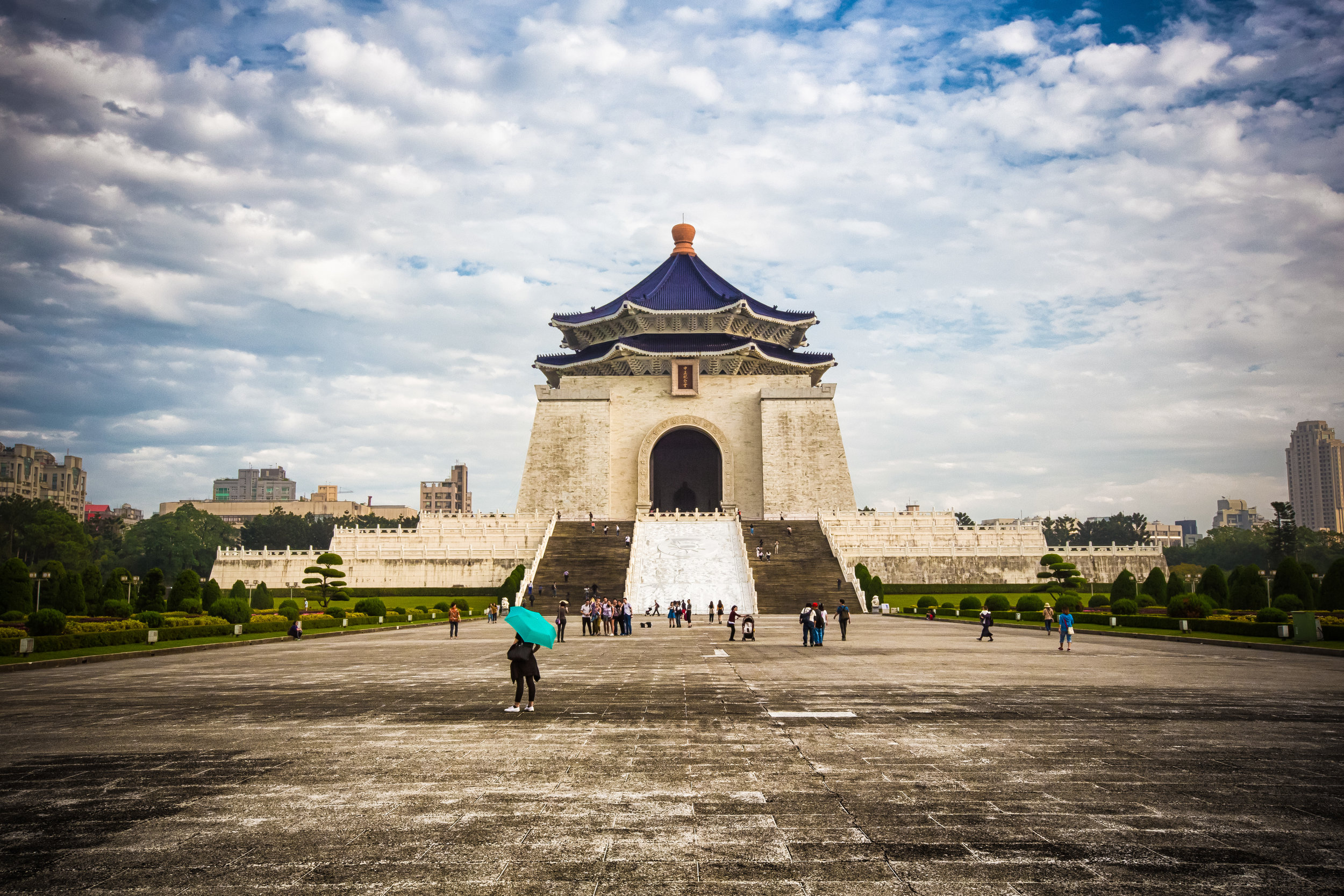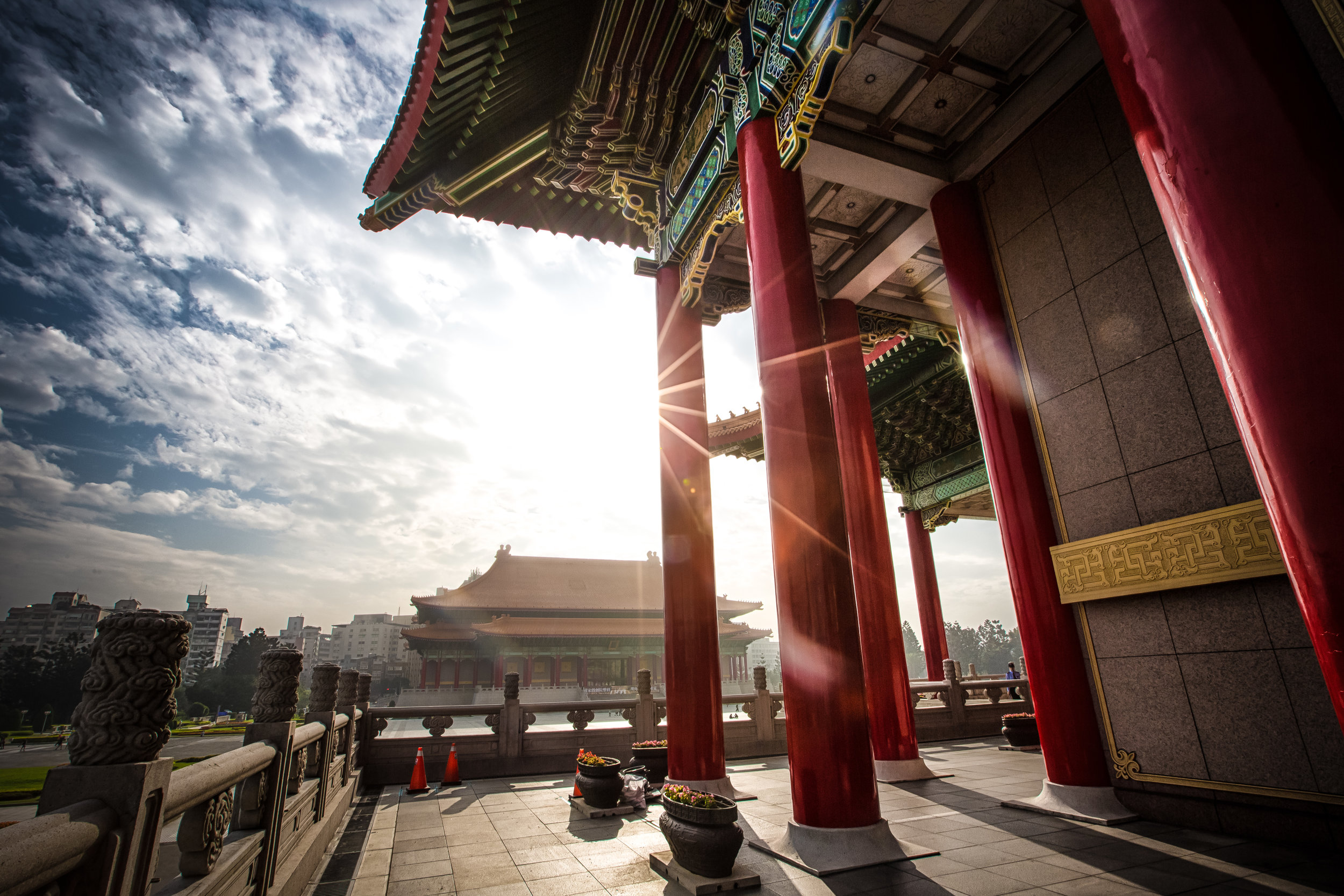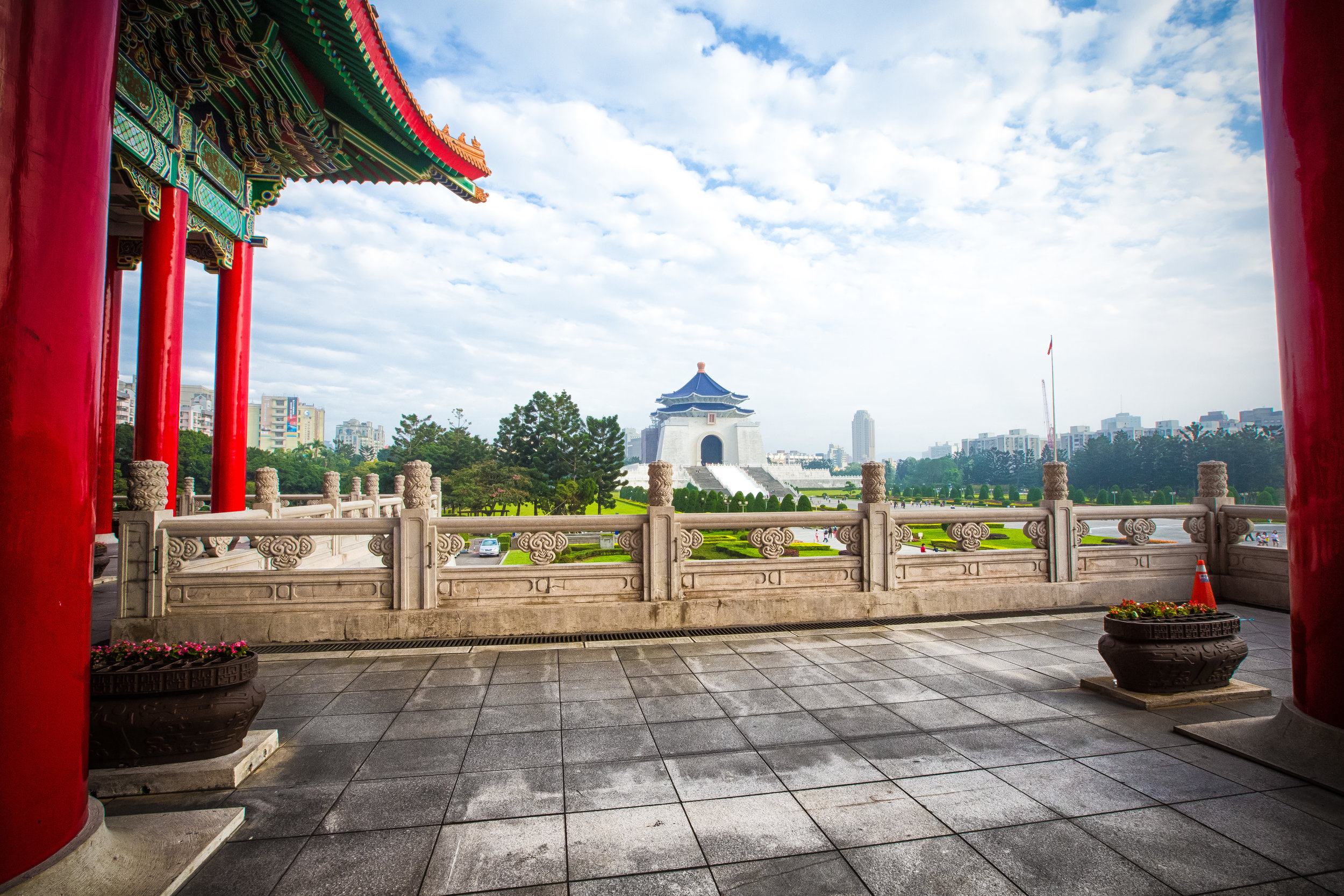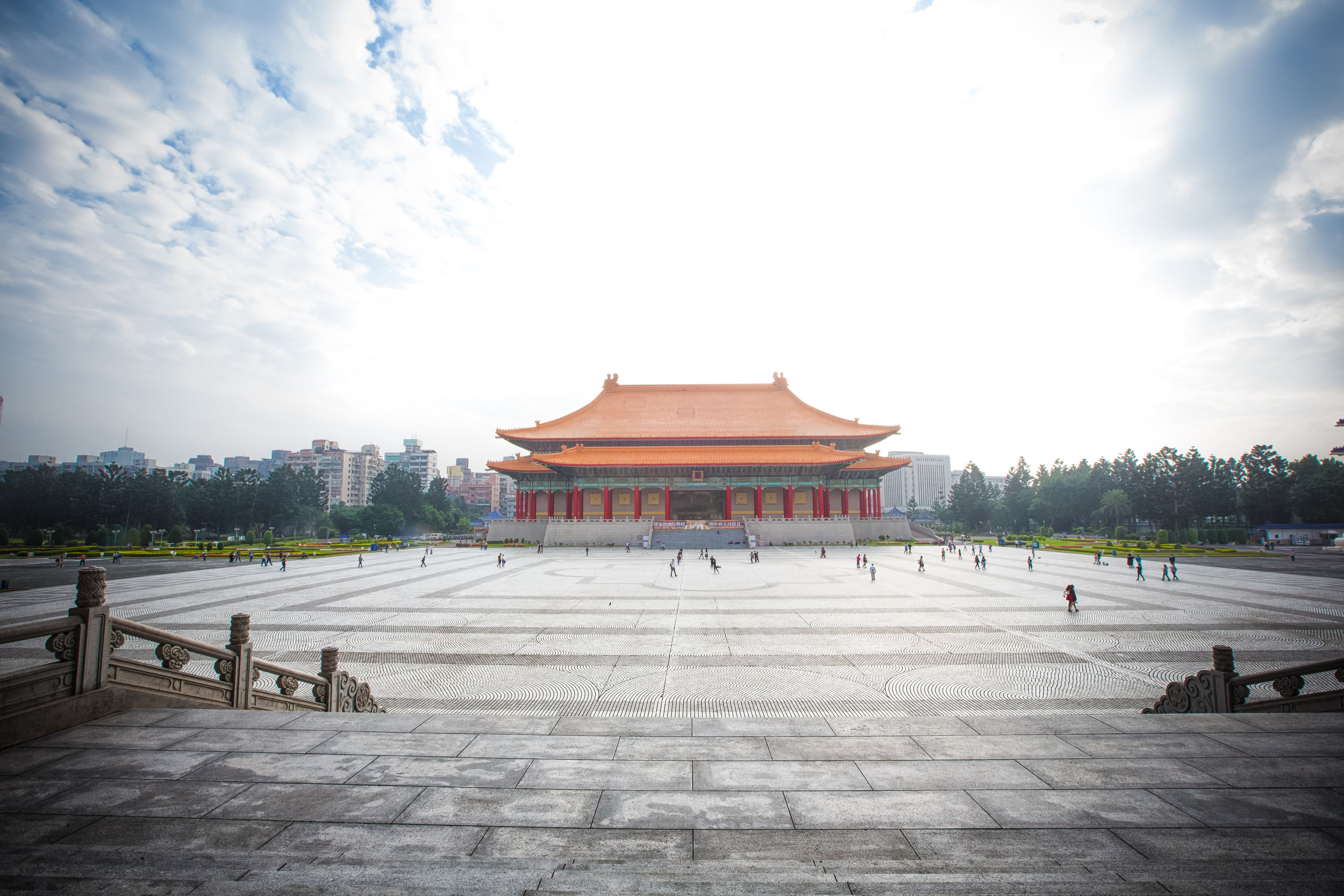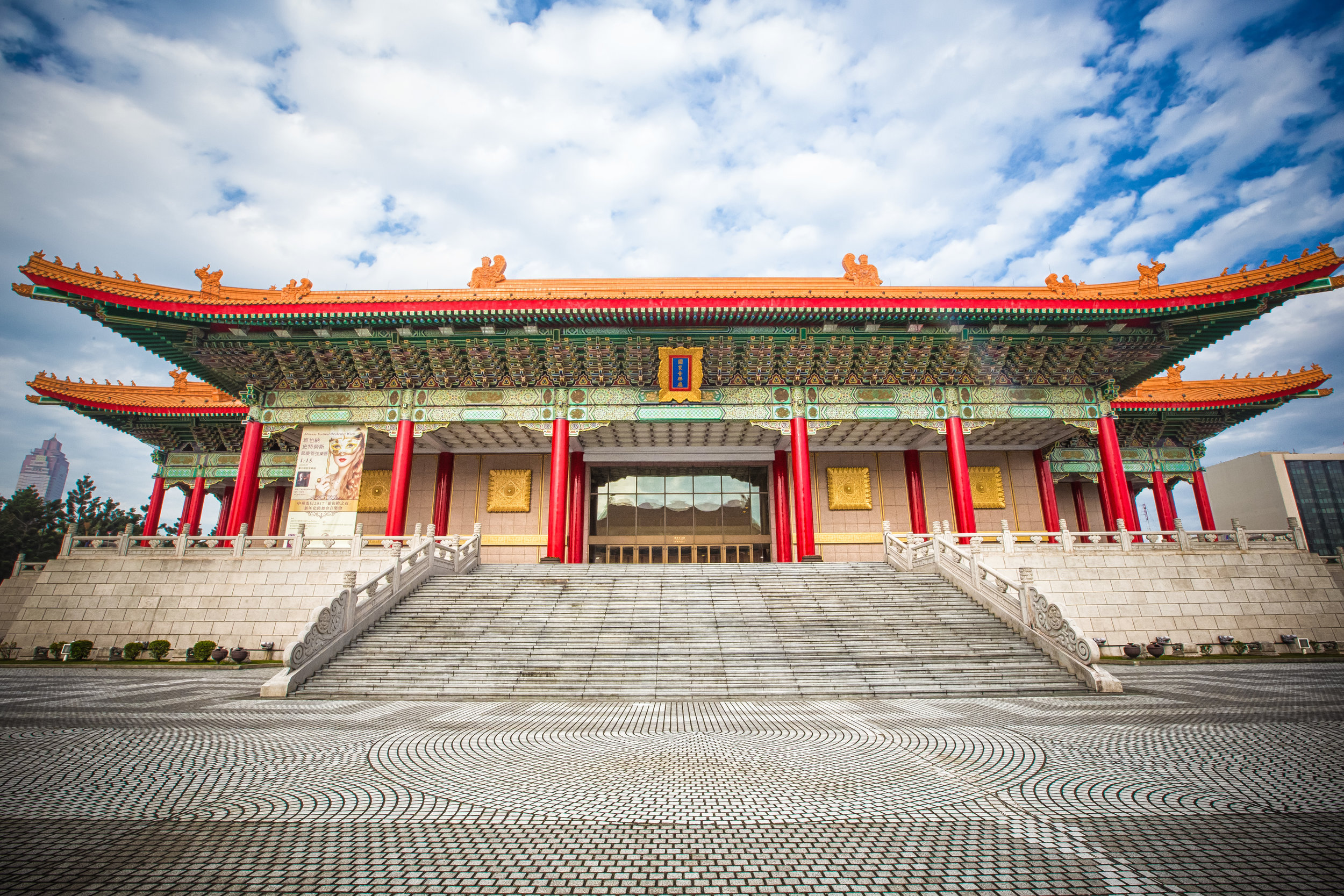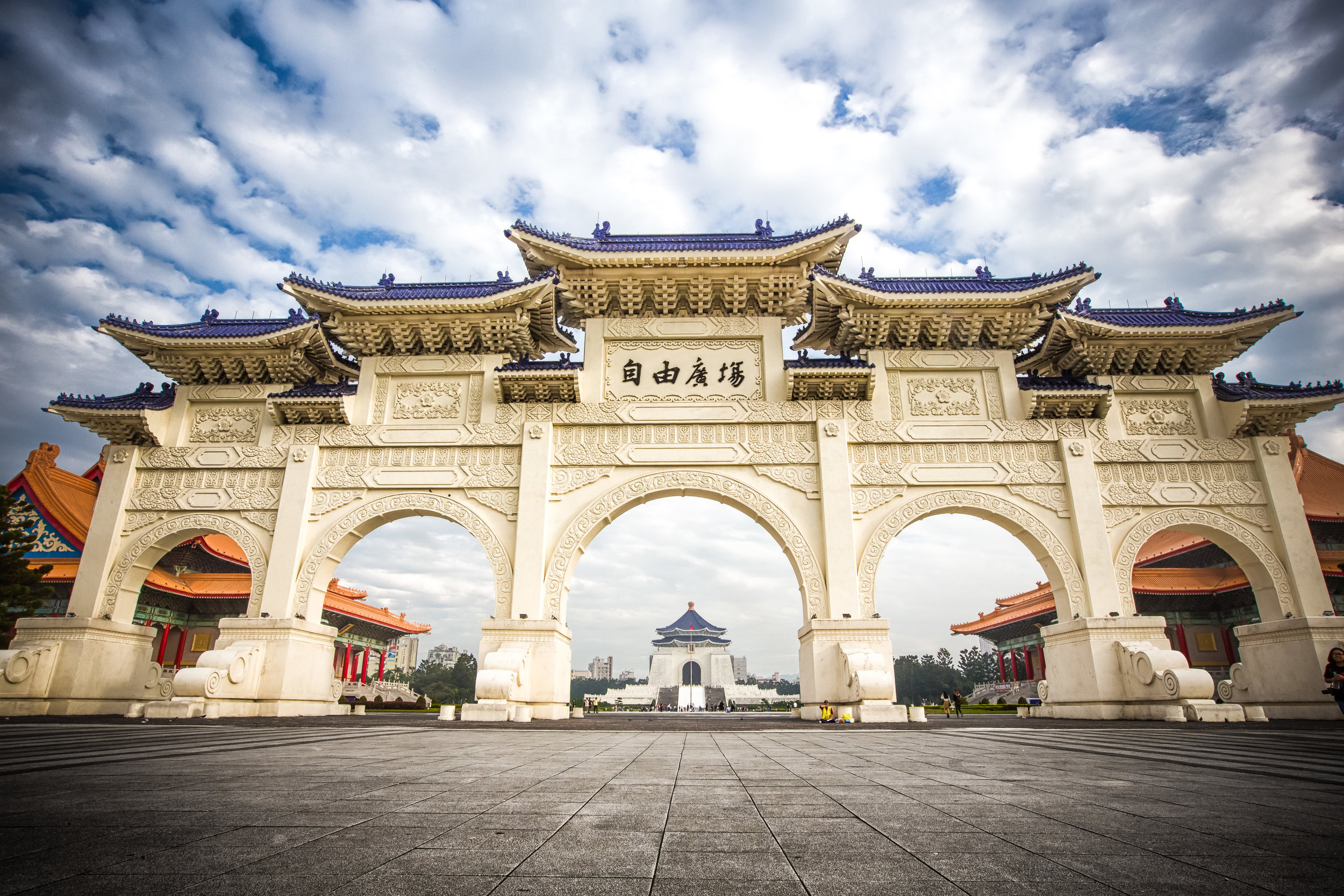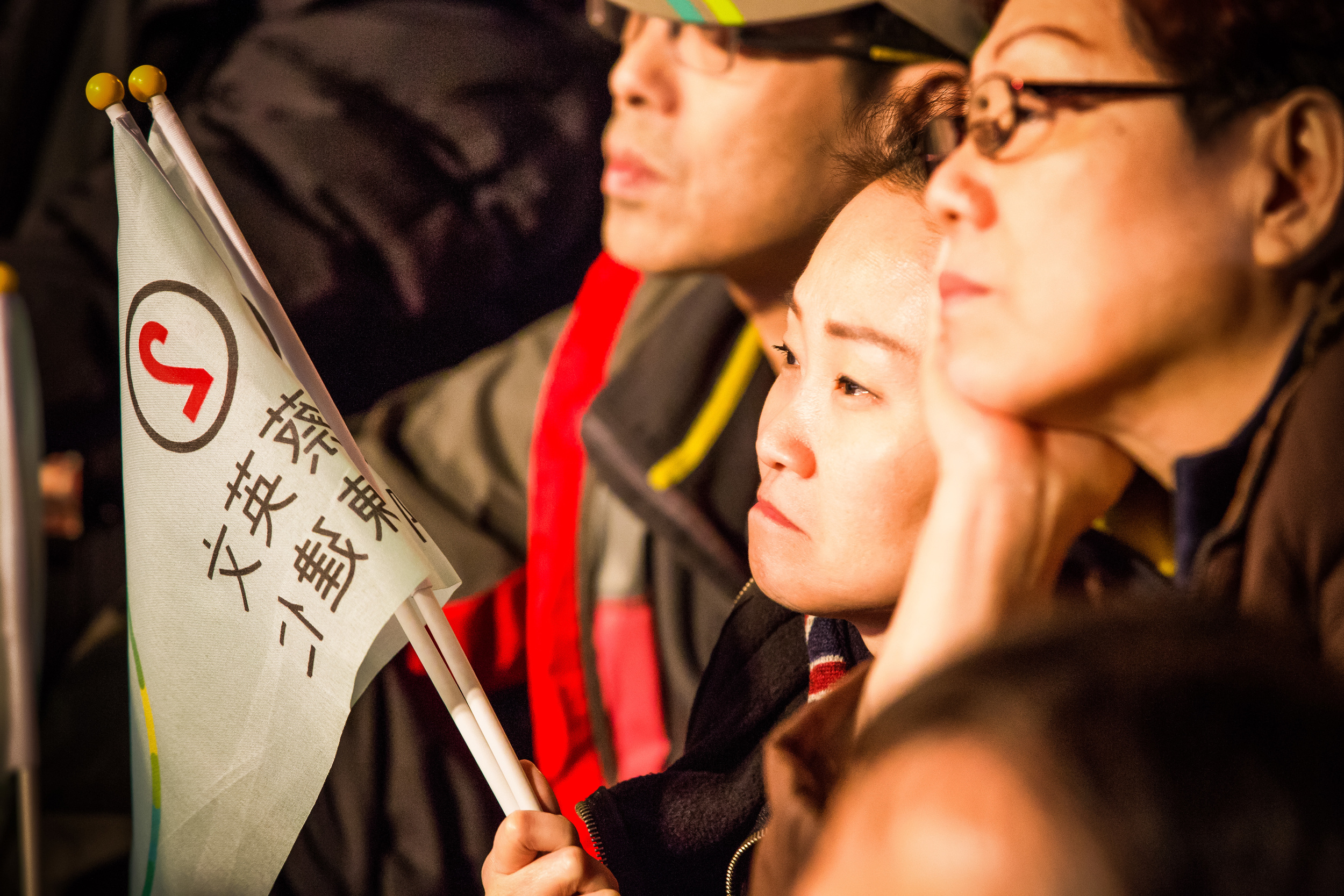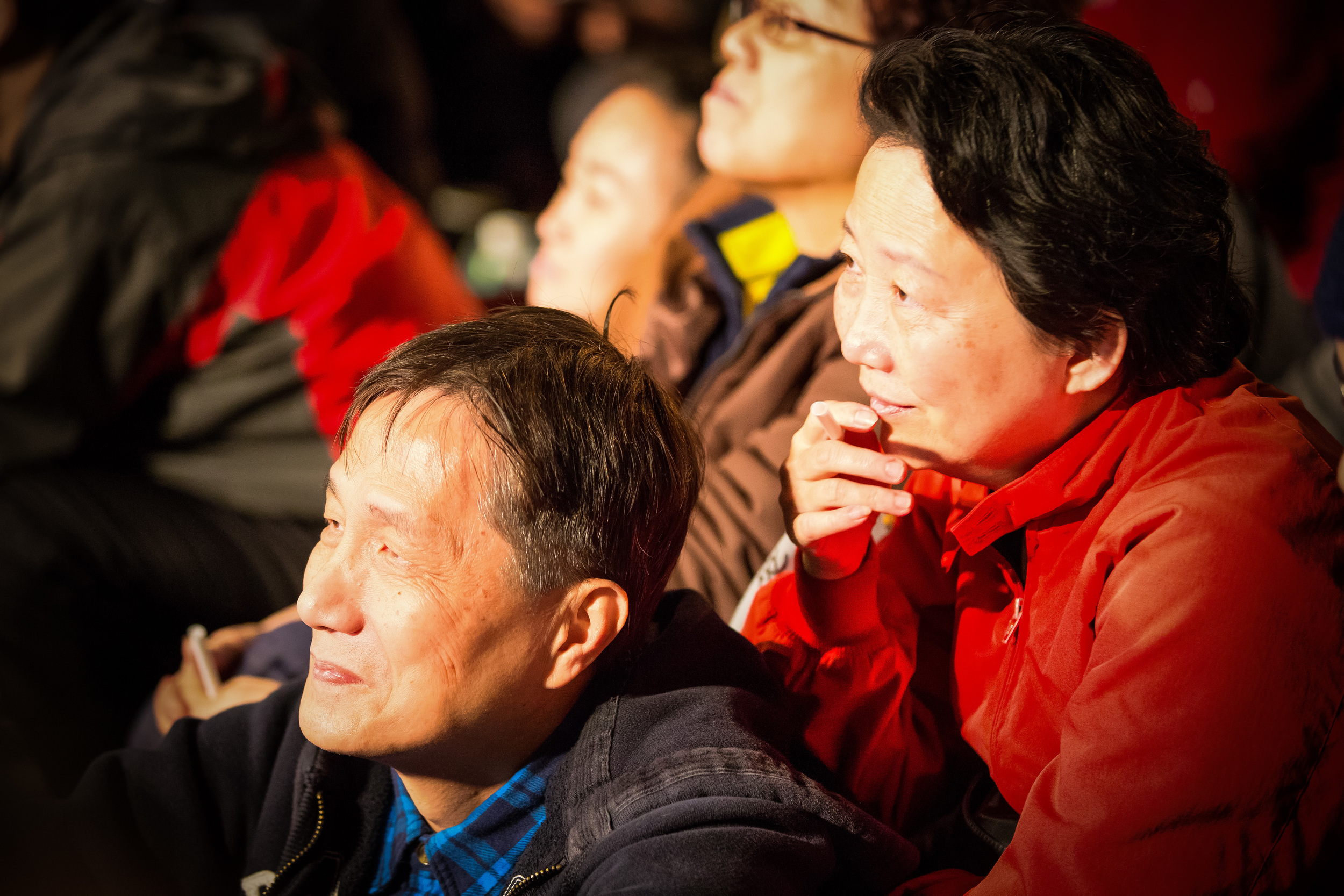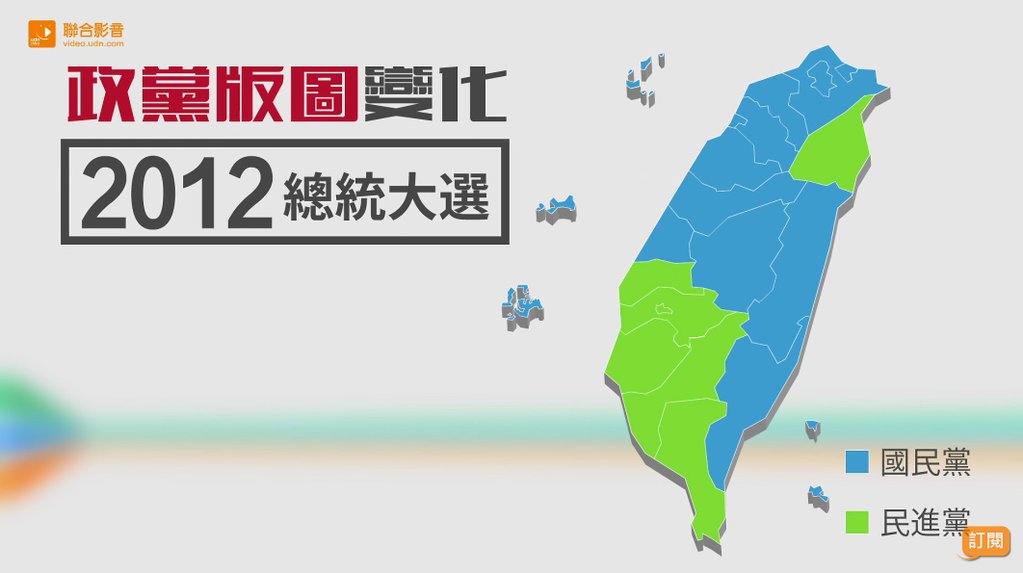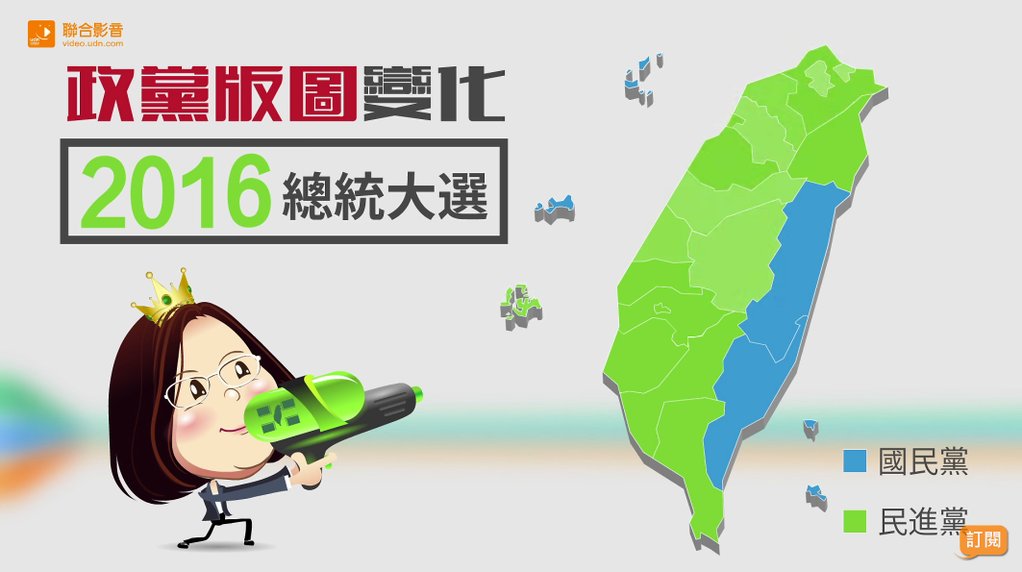It might be fairly obvious by now, but I guess I should admit it openly: The vast majority of the time, when I write blogs, I’m actually only selfishly writing about the places that I personally want to visit.
The problem that I’ve found with this though is that quite a few people look to this site as a resource for traveling in Taiwan - but I’m here spending a bunch of time writing about obscure places that I think are cool, but aren’t likely ever going to be on the radar of the average tourist.
So, when I take a look at my analytics and see what kind of content people are searching for, I feel like I could probably do a much better job if I was just a little less selfish and spent more time writing about the places that people actually want to visit.
I don’t mind writing about popular tourist destinations from time to time, especially if its going to help out all of the travelers wanting to experience the beauty of Taiwan.
But some of the time I find my self scratching my head at the requests I get.
Suffice to say, its become rather obvious over the past few years that one of the destinations people are looking for more information on is one that I’ve never really particularly had any interest in writing about.
I’d like to think that they’re looking for my particular take after reading what I’ve already had to say about the Chiang Kai-Shek Memorial Hall (中正紀念堂) or the Cihu Mausoleum (慈湖陵寢), but I’m guessing thats not actually the case.
The National Revolutionary Martyrs Shrine (or just the Taipei Martyrs Shrine) has become a popular stop for visitors to the Taiwanese capital in recent years and since it seems like some of you are interested in seeing what I have to say about it, I took some time to visit to get photos and here I am to offer my two-cents.
So, before I attempt to take an unbiased look at the history of this beautiful shrine, let me take a minute or two of your time to explain why the Martyrs Shrine was never high on my list of places to visit.
Taiwan is a beautiful country, one of the most beautiful if you ask me, but it is a country that has an unfortunate history. Over the past few centuries, the island, known to many as Formosa (福爾摩沙) has been colonized by the Spanish, Dutch, Japanese and the Chinese.
As is the case with colonization, the people who get find themselves becoming ‘colonized’ often get the short end of the stick and are both used and abused by those in power. This remained true in Taiwan and each time a new colonial power took control, the people of Taiwan suffered.
When the Second World War came to a conclusion, the Japanese Colonial Era in Taiwan likewise came to an end - The question of Taiwan’s sovereignty (in addition to several other areas that were once under Japanese control) became a point of contention and the victors of the war strangely decided not to make any rash decisions on how to solve the problem.
The thought at the time was (arguably) that the legal status of Taiwan could remain ‘undetermined’ for the time being and would be resolved at an opportune time when the people of Taiwan would finally have the chance to peacefully come to a decision about their own self-determination.
The obvious problem with this lack of a decision on the matter was that in the meantime, control of Taiwan was ambiguously given to the Republic of China (中華民國) which was led by President Chiang Kai-Shek (蔣介石), a notable ally of the Americans.
The lack of any concrete decision on the fate of Taiwan’s sovereignty when the San Francisco Peace Treaty was signed has triggered an endless amount of arguments and political bickering for the past few decades as the interpretation on the lack of a decision on Taiwan’s fate is to this day one has not been decided.
Link: San Francisco Treaty (Wiki)
While the terms of Japan’s surrender were being decided in America, the was in China continued as the Nationalists and the Communists were engaged in a brutal civil war which ultimately resulted in several million refugees fleeing to Taiwan.
This meant that any hope of self-determination for the people of Formosa was fading.
With the sudden influx of refugees, the islands infrastructure was pushed to the limit resulting in a massive food shortage and a housing crisis. I’m sure you can appreciate that this meant that those already living here would have to suffer as second-class citizens thanks to yet another colonial dictatorship that cared little for their existence.
To help control the local population, the new colonial regime instituted a 38 year period of Martial Law (戒嚴時期), during which basic rights were suspended and the government was given the power to arrest anyone they deemed to be a threat to their control.
From 1947 to 1987, in what is known as the “White Terror” (白色恐怖) period, it is estimated that more than 140,000 Taiwanese were imprisoned, tortured and executed.
This left generational scars on almost every family and community on the island.
During the first few years of White Terror it was common for the military to routinely patrol the streets where they were known for indiscriminately abusing anyone they saw.
This included not only the local people but also the refugees who fled here with the Nationalists.
Note: Many people assume that the only people targeted by the government were local Taiwanese, but the paranoia of those in power led them to believe that citizens were colluding with the communists, so they routinely targeted intellectuals and the social elite on both sides and put them in prison or simply executed them. No one was safe.
Martial Law was lifted in 1987 and in the years since Taiwan has transitioned into a vibrant and thriving democracy where human rights and freedom are valued aspects of daily life. The days of authoritarianism, suppression, arbitrary execution and the arrest and torture of anyone the Chinese Nationalists viewed as a threat are over.
Unfortunately even though the dream of self-determination has finally been realized, the scars of what happened during those four decades are still felt throughout Taiwan today.
Due to a mass cover up and the destruction of documents related to those events, no one really knows for sure how many people were murdered.
Even though many of the questions about that period of time may never be answered, the government has gone ahead and set up the Transitional Justice Commission (促進轉型正義委員會), an independent agency responsible for the investigation of what happened during the authoritarian period.
As the Commission continues its important work we will undoubtedly learn more about the gruesome events of the past but the important thing to remember is that while the government is taking responsibility for its past actions, it does so with the goal of social reconciliation and helping the nation to move forward while learning from the mistakes of the past.
Related Articles:
228 Incident (Wiki)
White Terror (Wiki)
Taiwan’s White Terror: Remembering the 228 Incident (Foreign Policy Research Institute)
228 Memorial Foundation (二二八紀念館)
The 228 Incident and Taiwan’s Transitional Justice (The Diplomat)
Why Demand Transitional Justice? (New Bloom)
Related Video:
Duty of 228 (Sentinel Taiwan)
The History of Taiwan: Postwar Era and the 228 Incident (Taiwanese American)
The 228 Incident (Taiwan Bar)
By now you’re probably asking yourself why I’ve gone off on this tangent.
Well, its quite simple - The National Revolutionary Martyrs’ Shrine has essentially very little to do with Taiwan and like the Chiang Kai-Shek Memorial Hall, is another symbol of the complicated authoritarian history imposed on Taiwan.
Is the shrine beautiful? Of course it is.
Is the changing of the guard a cool ceremony to watch? You bet it is.
Is it worth your precious vacation time? I’m not so sure. That’s up to you to decide.
The government currently funds (at great expense) a massive memorial to around half a million soldiers who took part in conflicts that had very little to do Taiwan.
Are there better uses for the space? That’s up for debate and its certainly not for me to decide.
It is however widely thought that one of the recommendations that the Transitional Justice Commission will eventually make is to stop wasting resources for this Martyrs Shrine (as well as some other locations).
This likely means that the days of free admission for tourists may eventually come to an end.
Now that I’ve said what I think needs to be said, I’m going to proceed below in the way that I usually do by providing the necessary historical information and everything you’ll want to know about what you’ll see when you visit.
Remember though, there is a lot to see and do while visiting Taiwan and yeah, this Martyrs Shine is an impressive destination in terms of its architecture.
So I leave it up to you, if you’d like to visit, then by all means, enjoy yourself!
National Revolutionary Martyrs’ Shrine
The National Revolutionary Martyrs’ Shrine, otherwise known as the Taipei Martyrs’ Shrine (台北忠烈祠) is located in Taipei’s Zhongshan District (中山區) and is the largest of around twenty such memorial shrines located in Taiwan.
Dedicated to the fallen members of the Republic of China Armed Forces (中華民國國軍), the war memorial shrine is home to Spirit Tablets (牌位) that honors almost half a million people who were killed during the various engagements dating back to the founding of the Republic of China in 1912.
More specifically the shrine pays respect those who perished in the following battles:
The Xinhai Revolution (辛亥革命)
The Northern Expedition (國民革命軍北伐)
The Second Sino-Japanese War (中國抗日戰爭)
The Chinese Civil War (國共內戰)
The Offshore Islands Crisis (大陳島撤退)
The Shelling of Kinmen and Matsu Islands (八二三炮戰)
The 52,000 square meter shrine complex is located at the base of Jiantan Mountain (劍潭山) and faces the Keelung River (基隆河). Construction started in 1967 and was completed two years later in 1969 under the direction of former President Chiang Kai-Shek.
Although the shrine occupies a large space in terms of area, the buildings occupy only about a 10th of the total space with 5,300 square meters reserved for the Front Gate (大門牌樓), Bell Tower (鐘樓), Drum Tower (鼓樓), Front Hall (山門), Main Hall (大殿), Civilian Shrines (文武烈士祠), the two outer wings (左右廂房) and the administrative building.
Constructed with Beijing’s Forbidden City (故宮) in mind, the architecture of the Main Hall is reminiscent of the “Hall of Supreme Harmony” (太和殿) which gives off an aura of being not only a grand building but also one that is regal in nature - if you’re impressed by such things.
Coincidentally the Martyrs Shrine is a replacement of another Martyrs’ Shrine that was previously constructed in the same location. The original, which was constructed by the Japanese was a memorial to Taiwanese soldiers who perished during the Colonial Period (1895-1945) named the “Taiwan Gokoku Shinto Shrine” (臺灣護國神社) and was a branch of the Japanese Yasukuni Shrine (靖國神社) in Tokyo.
Link: 臺灣護國神社 (Wiki) | Taiwan Gokoku Shrine Historic Photos (1 / 2)
In fact, of the twenty Martyrs’ Shrines that exist in Taiwan today, the vast majority of them have been converted from Shinto Shrines (神社), Martial Arts Halls (武德殿) or other buildings constructed by the Japanese.
Martyrs’ Shrines of Taiwan (台灣的忠烈祠)
National Revolutionary Martyrs’ Shrine (Originally Taiwan Gokoku Shinto Shrine 臺灣護國神社)
Keelung Martyrs’ Shrine (Originally Kiron Shrine 基隆神社)
New Taipei City Martyrs’ Shrine (Originally Tamsui Shrine 淡水神社)
Taoyuan Martyrs’ Shrine (Originally Tōen Shrine 桃園神社)
Miaoli Martyrs’ Shrine (Originally Byōritsu Shrine 苗栗神社)
Tungxiao Martyrs’ Shrine (Originally Tsūshō Shrine 通宵神社)
Taichung Martyrs’ Shrine (Originally Taichū Shrine 台中二代神社)
Changhua Martyrs’ Shrine (Originally Changhua Butokuden 彰化武德殿)
Nantou Martyrs’ Shrine (南投縣忠烈祠)
Yunlin Martyrs’ Shrine (雲林縣忠烈祠)
Chiayi Martyrs’ Shrine (Originally Kagi Shrine 嘉義神社)
Tainan Hsinhua Martyrs’ Shrine (Originally Tainan Martyrs Shrine 臺南縣忠烈祠)
Tainan Martyrs’ Shrine (Originally Tainan Shrine 台南神社)
Kaohsiung Martyrs’ Shrine (Originally Takao Shrine 高雄神社)
Pingtung Martyrs’ Shrine (屏東縣忠烈祠)
Penghu Martyrs’ Shrine (Originally Hōko Shrine 澎湖神社)
Yilan Martyrs’ Shrine (Originally Giran Shrine 宜蘭神社)
Hualien Martyrs’ Shrine (Originally Karenkō Shrine 花蓮港神社)
Taitung Martyrs’ Shrine (Originally Taitō Shrine 台東神社)
One of the biggest draws for tourists to the Martyrs Shrine is the hourly ‘Changing of the Guard’ ceremonies that take place on a daily basis. The shrine is also home to annual ceremonies that commemorate Youth Day (青年節) on March 29th as well as Armed Forces Day (軍人節) on September 3rd. In the latter, the President as well as the heads of the five branches of government visit the shrine to pay respect to the martyrs.
The shrine was also the venue used for the funeral of former President Chiang Ching-Kuo (蔣經國) in 1988 before his body was moved to the Touliao Mausoleum (大溪陵寢) in Daxi, close to where his father continues to lie in state.
For the most part, the shrine is a quiet place of reflection for those with links to the Armed Forces as well as for those (who are politically inclined to) support the old authoritarian regime. Save for rare state funerals and a couple of ceremonies held annually, you can pretty much expect your visit to be a quiet one.
Design
As mentioned above, the Martyrs’ Shrine has a total area of 52,000 square meters, but the buildings inside only take up about 5,300 square meters of that space. The complex is surrounded by a large red wall on three sides with the giant front gate acting as the entrance.
Within the walled complex there are several different buildings that were constructed in the traditional Chinese Palace style with golden roofs, beautiful red columns and white marbled floors.
Below, I’m going to introduce each of the important parts of the shrine so you’ll know what you’re actually seeing when you visit.
The Front Gate (大門牌樓)
The Front Gate, which meets with the walls that surround the complex is a traditional three-arched ‘paifang gate’, which is a variation of the common gate you’ll find at traditional buildings and places of worship in Taiwan and across Asia.
Link: Paifang 牌坊 (Wiki)
The gate is a mixture of white with the same shade of red used on the wall that surrounds the shrine with a four-layered green roof that rises from the outside to the centre section.
On the outside you’ll find a large plaque that reads “Martyrs’ Shrine” (忠烈祠) in the centre with the words “成仁” and “取義“ above the left and right archway which mean ‘to die for a good cause’ and ‘to choose honour over life’ respectively.
On the opposite side of the gate you’ll find a similar set up with a large plaque in the centre that reads “萬古流芳” which translates as ‘a good reputation for eternity’ and two smaller plaques on either side that read “忠義” and “千秋” which mean “loyalty” and “eternity,”
Below the centre arch you’ll find two Honour Guards standing at attention at all times.
Courtyard (廣場)
For some reason no one ever talks about the courtyard in their introductions of the shrine, which is a shame. The courtyard here may not be as large as the famed “Liberty Square” (自由廣場) at the Chiang Kai-Shek Memorial Hall, but its still huge by Taipei standards.
As I’ve mentioned a few times already, the total area of the shrine is 53,000 square meters with the buildings only taking up about a tenth of that space. So what is occupying the majority of the other empty space? The courtyard.
The interesting thing about the courtyard, and something that I thought had to be mentioned is that the beautiful white stone tends to shine in the sun, but there’s an oddly marked up area that consists of several lines directly down the centre.
If it wasn’t already fairly obvious, they’re the tracks left behind by over five decades of Honour Guards performing their duties, which I think is pretty cool.
Administrative Wings (左右廂房)
The two ‘wings’ on either side of the courtyard are traditional-style houses with beautiful green roofs, but there isn’t really much for tourists to see while visiting as they aren’t open to the public as they’re used for administrative purposes.
Still, they’re pretty and good for a photo or two.
Drum Tower (鼓樓) and Bell Tower (鐘樓)
The Drum Tower and the Bell Tower are situated directly opposite each other on either side of the courtyard a short distance away from the Front Hall. Both are traditional two-storey eight-sided pavilions with beautiful green roofs and lots of flowers planted around them.
Each of the towers contains a memorial to someone of historical importance and has a beautifully designed spiral staircase to the second floor, which is unfortunately off-limits to tourists.
Both of the pavilions are great for hanging out and hiding from the sun for a few minutes, especially if you’re waiting around for the Changing of the Guard ceremony to take place.
Front Hall (山門)
Once you’ve finally reached the Front Hall, you’re met with two beautiful white marble lion-dogs (石獅).
For reference, the lion on the left is a male (and has a ball in its paw) while the lion on the right is a female (with a cub in its paw). The lions are flanked by beautifully crafted bonsai-type trees and a set of stairs on either side.
As you climb the stairs and enter the door you’re met with a large open hall that has two bronze murals on either side. The murals depict two of the battles that resulted in the formation of the Republic of China and the formal end of the Qing Dynasty (清朝).
For me, the great thing about the Front Hall has nothing to do with the murals but the impressive red columns and beautiful red doors with their golden studs which work together to provide an amazing view of the Main Hall.
Civilian Wings (文武忠士祠)
The two wings located to the left and right of the Main Hall are set up especially for two different groups of martyrs that are distinct from your (uhh..) typical martyr.
The wing to the left is known as the Literary Martyrs Shrine (文忠士祠) and is dedicated to the intellectuals who contributed to the revolution that helped the Chinese Nationalists topple the Qing Dynasty. These are the literati who penned articles (and various other types of literature) that helped contribute to stoking the flames of revolution, but still ending losing their lives for their efforts.
The wing on the right is known as the Martial Martyrs Shrine (武忠士次) and is dedicated to those martyrs who died during the early stages of the revolution. This shrine is reserved especially for those who were ranked captain or above, each of which received their own individual spirit tablet.
Both wings are about 13 meters in height and occupy a space of about 403 square meters. The design of both buildings is uniform with the Front Hall and Main Hall with beautiful red columns and a golden roof.
One of the things I appreciate about each of the wings though is that they have beautifully crafted and well-maintained bonsai trees in front of each of the large red columns, which makes for some nice photos.
Main Hall (大殿)
The Main Hall is more or less the reason why people are visiting the Martyrs’ Shrine - While its not an exact copy of the “Hall of Supreme Harmony” (太和殿) in Beijing’s Forbidden City, its a very close imitation of the original. The 26 meter high and 1,800 square meter Main Hall is one of the prettiest traditional palace-style structures in Taiwan and it seems like no expense was spared in its construction.
One of the major differences from the original is that with the exception of the doors, windows and ceilings, everything else was constructed with reinforced concrete - Which makes sense given Taiwan’s geographic location on the ring of fire.
The main shrine is guarded at all times by two of the Republic of China Honour Guards and entry is off limits to the general public. The interior of the shrine is quite easy to see though, so you won’t have to look too hard to see the uncharacteristically large spirit tablet dedicated to the martyrs.
One of the most notable differences from the Hall of Supreme Harmony in Beijing (if you’ve already been there) is the Republic of China iconography that you’ll find in all of the small details of the shrine. On the roof for example, each of the tiles ends with the ‘Plum Blossom’ emblem that represents the nation.
The decorative trusses between the roof on the lower layer as well as the top layer are beautiful and are locked in place without the use of nails. This is part of a technique often used in temples that creates a network of pieces that helps to support the weight of the roof.
While this may seem insignificant to the average tourist, if you spend some time checking out the craftwork of the interlocking pieces, you’ll end up fascinated with the genius that goes into this style of construction.
Republic of China Honour Guard (中華民國陸軍儀隊)
One of the highlights of a visit to the Martyrs’ Shrine is to see the ceremonial changing of the guard ceremony that takes place every hour on the hour between 9:00am and 5:00pm.
The Republic of China Honour Guard, which consists of members of the Armed Forces from the Army (green), Navy (blue) and Air Force (black or white) performs the ceremony several times a day with two members stationed at the front gate and another two guarding the shrine at all times.
The ceremony lasts for about twenty minutes and includes a changing of the guard, marching, a ceremonial gun inspection with their M1 rifles and culminates in paying respect to the martyrs.
The Changing of the Guard ceremony is popular with tourists at other locations such as the Chiang Kai-Shek Memorial Hall (中正紀念堂) and Sun Yat Sen Memorial Hall (國父紀念堂) in Taipei as well as the Cihu Presidential Burial Place (慈湖陵寢) in Taoyuan. The ceremony that takes place at the Martyrs’ Shrine though is considered by many to be the best and you’ll often find people showing up just to check it out and take photos.
If you do visit the shrine, you’ll definitely have missed out if you don’t stick around long enough to see the changing of the guards at least once.
Getting There
Address: #139 Bei-an Road, Zhongshan District, Taipei. (臺北市中山區北安路139)
Despite being in somewhat of an awkward location, getting to the Martyrs’ Shrine is actually quite easy.
If you have your own means of transportation, simply input the address provided above into your GPS or Google Maps.
Its important to note that there isn’t much available in terms of parking in the area around the shrine, so if you’re driving a car or a scooter, you’re going to have to walk a distance from wherever you’re able to find parking.
If you are making use of public transportation, you have a number of options to get yourself to the shrine.
You will however have to take a combination of MRT and Public Bus to get there.
If you haven’t already, I recommend downloading the Go! Taipei Metro and Taiwan Bus app for your phone so that you can easily get around the country while you’re visiting.
If you are taking the bus, you can take any of the following buses where you’ll get off at the Martyrs’ Shrine stop (忠烈祠站): #21, #42, #208, #247, #267, #646, #677, #902, Red 2, Red 3.
More specifically, you can take the following buses from these MRT stations:
Red Line Yuanshan Station (紅線圓山站): #21, #42, #208, #247, #287, Red 2
Red Line Jiantan Station (紅線劍潭站): #267, #287, #646, #677, #902, Red 3
Brown Line Dazhi Station (文湖線大直站): #902, #247, Red 2, Red 3
If you’d prefer a more scenic route and want to walk, the shrine is only about a 15 minute (1.5km) walk from Dazhi MRT Station. You could likewise also walk from Yuanshan Station, but you’ll have to cross a busy bridge and Google Maps won’t really help you out very much with your route.
Unfortunately the closest YouBike Station is located near the Dazhi MRT Station, so if you ride a Youbike, there isn’t anywhere to dock your bike nearby.
While you’re in the area, you may also want to consider checking out the Yuanshan Grand Hotel, Lin An Tai Mansion, Jiantan Mountain, Jinmian Mountain, the Linji Rinzai Huguo Temple, the Taipei Confucius Temple and Bao-An Temple as well as the beautiful Yuanshan Flora Expo Park.



































